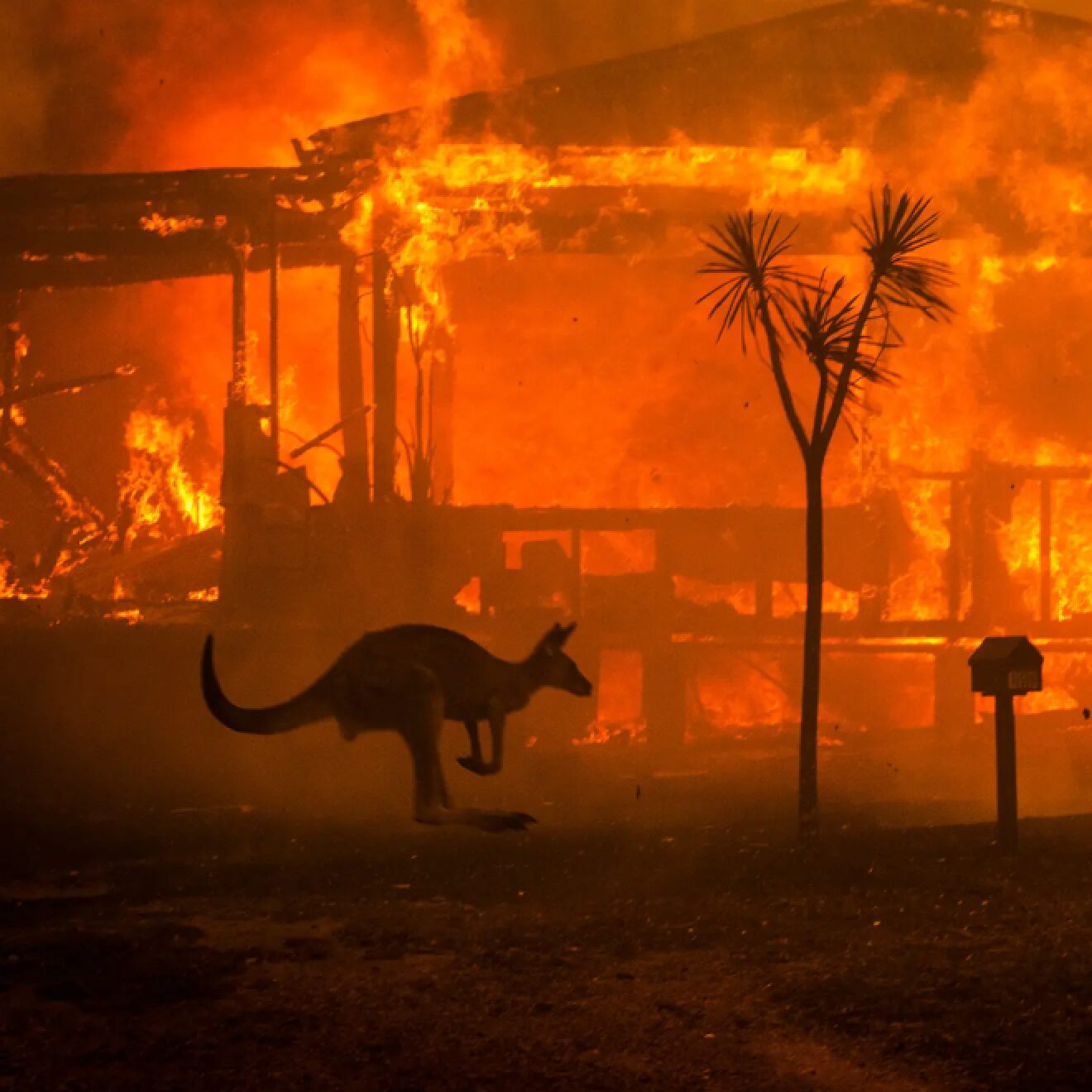Tomorrow is Giving Tuesday, and your gift matters now more than ever

Giving Tuesday is here — and your support today will power the conservation science our world urgently needs.
With your support, CBI is driving impact on multiple fronts:
- Reversing pollinator decline by matching native pollinators with regionally appropriate food plants, and working with scientific and management teams to develop, implement, and track recovery efforts.
- Recovery of endangered species such as the Pacific fisher and Stephens’ kangaroo rat. Working with teams of scientists and managers to develop recovery plans, implement them, and monitor their success.
- Protection of forests such as California’s giant sequoias. Working with scientists and land managers to safeguard the world’s largest trees from growing threats, particularly recent catastrophic wildfires.
And behind all of this is a critical foundation: open, accessible, science-based data and information.
Earlier this year, our volunteers rescued thousands of essential spatial datasets so they would not be lost to the public. Now they need to be processed and shared — and your Giving Tuesday donation ensures that these data remain open-access and actionable for researchers, land managers, and communities everywhere.
If you’re able, please make a Giving Tuesday donation today. The first $8,000 received will be matched 1:1 by an anonymous donor. Your generosity directly fuels the tools, data, and science that drive conservation forward.
2025 State of the Climate: A Planet on the Brink
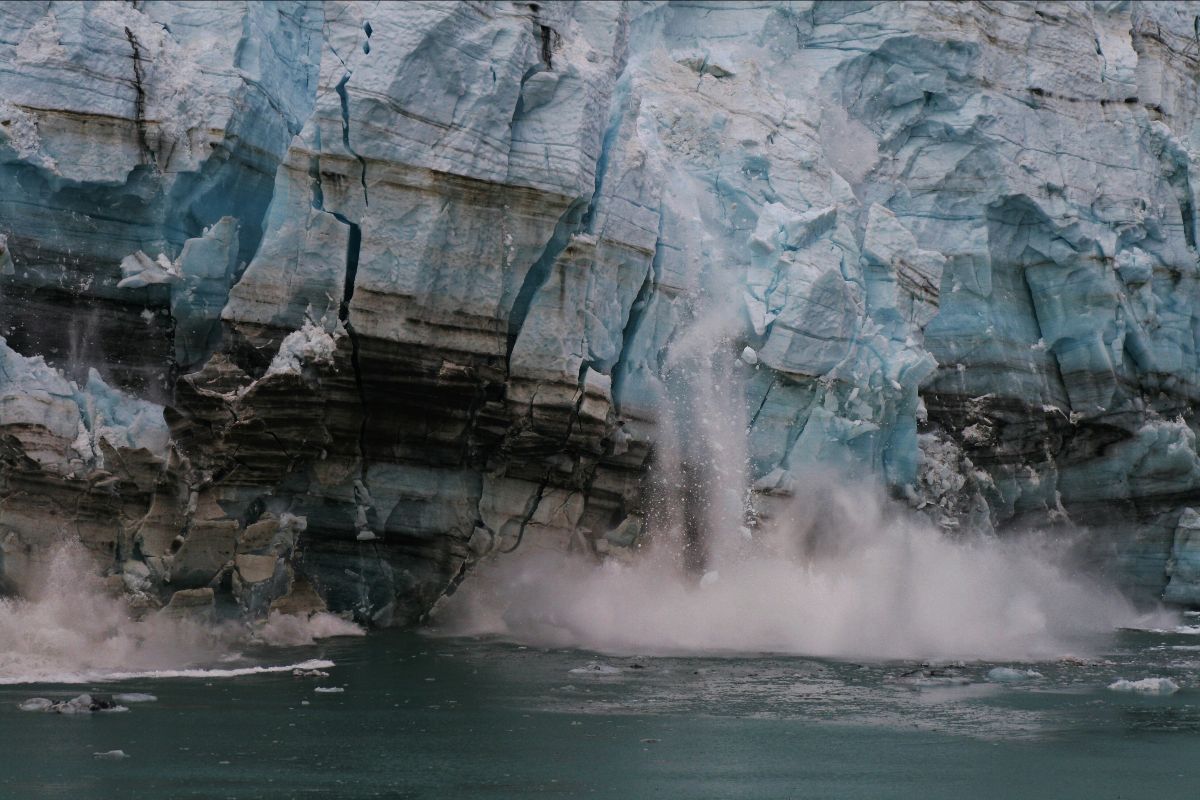
The 2025 report warns that climate change is no longer a future threat—it’s a present crisis. Global temperatures, greenhouse gas concentrations, ice loss, ocean heat, and extreme weather events are all at record highs, while forests, coral reefs, and wildlife face unprecedented pressure. Human activities—fossil fuel use, deforestation, overconsumption, and inequitable resource use—are driving ecological overshoot, worsening social and environmental risks. The report highlights that only rapid, transformative action across energy, food, and conservation systems, alongside social and political shifts, can prevent catastrophic outcomes. Climate change is also a justice issue: vulnerable communities bear the greatest burden, despite contributing least to the crisis. The window for meaningful action is closing, but coordinated global effort, systemic change, and social tipping points offer a path to a sustainable, equitable future.
Modeling Fire: Comparing Frameworks, Scales, and Solutions
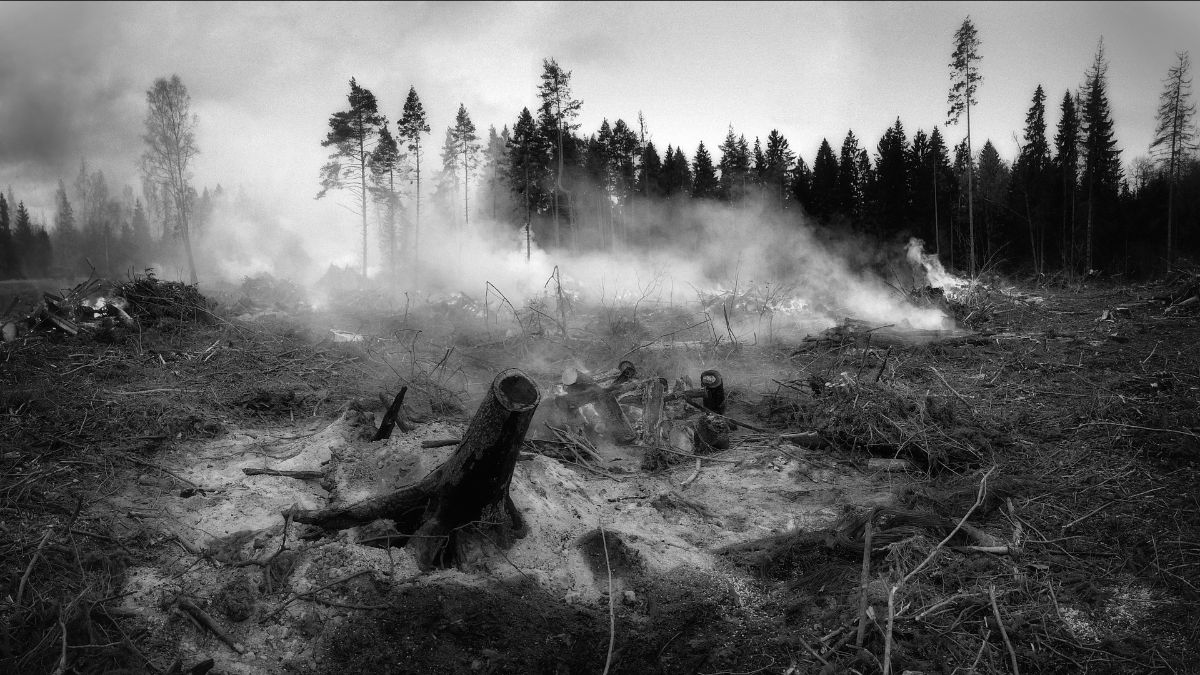
As wildfires grow in size and complexity, the tools we use to study them must keep pace. From predicting fire behavior in at-risk communities to projecting forest changes over the next century, fire science relies on specialized computational models tailored to different questions, scales, and users.
Tomorrow, December 2nd, five leading researchers will showcase how their modeling approaches address these challenges—what each model can accomplish, where it falls short, and why understanding those limits is critical. Through comparative case studies, this workshop will highlight a key insight: there’s no single “best” model—only the right tool for the question at hand.
Featured speakers
- Dr. Michael Gollner, UC Berkeley – Simulating fire spread in the wildland–urban interface
- Dr. Robert Scheller, NC State University – Integrating social dynamics and climate change in LANDIS-II
- Dr. Melissa Lucash, University of Oregon – Modeling climate-driven shifts in boreal forest structure
- Dr. Trent Penman, University of Melbourne – FLARE Wildfire Research
- Dr. Alexandra D. Syphard, Conservation Biology Institute & Global Wildfire Collective – Applying machine learning to map fire occurrence
Whether you’re a researcher, practitioner, or policymaker, this session offers a rare look at how model choice shapes our understanding of fire’s past, present, and future.
New Article written by GWC Charter Member, Dr. Susan Cutter
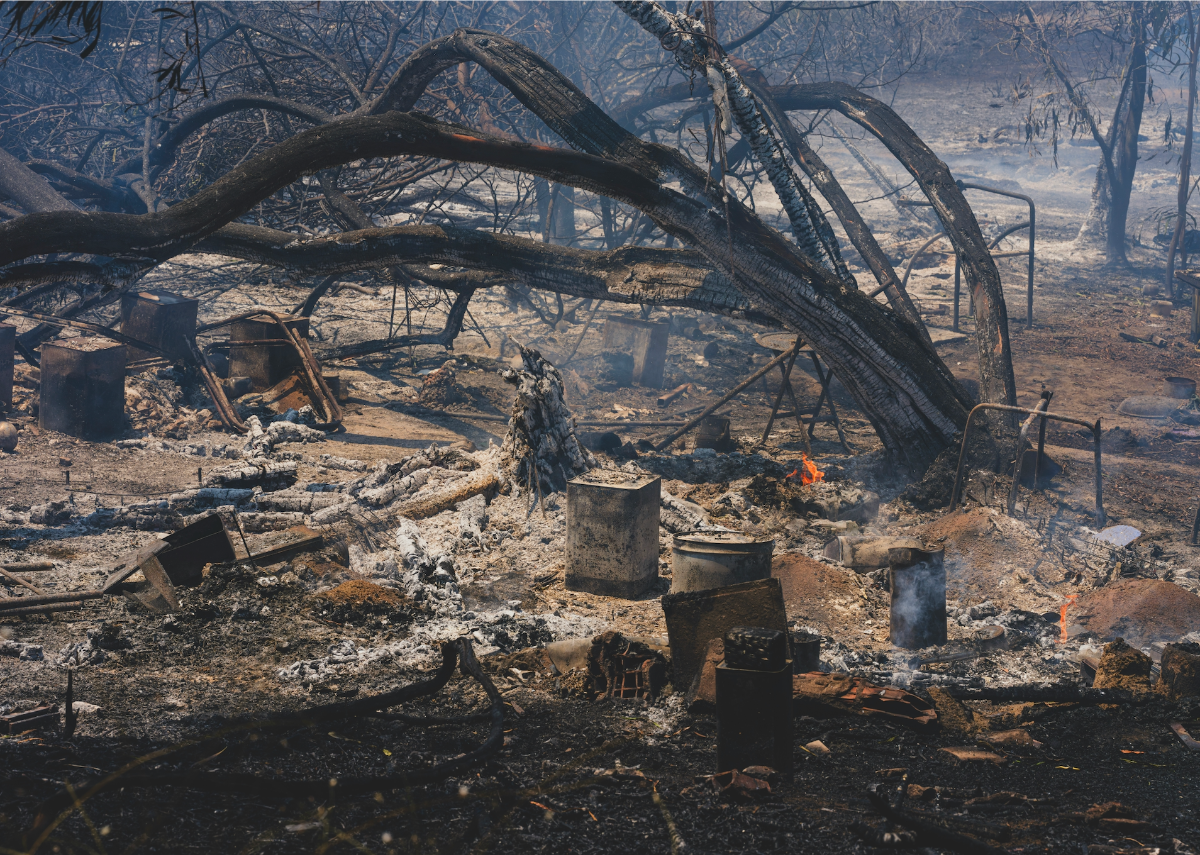
In a compelling new analysis published in The Conversation, disaster resilience expert and Global Wildfire Collective Charter Member, Susan Cutter, of the University of South Carolina makes a powerful case for restoring FEMA’s independence. Originally established in 1979 as an independent federal agency designed to work across government to support state and local governments in times of crisis, FEMA lost its autonomy after September 11, 2001, when it was absorbed into the Department of Homeland Security. Since then, the agency has faced persistent complaints about delays caused by layers of bureaucracy and red tape, leaders with little experience in emergency response, and policy whiplash. The consequences were devastating during Hurricane Katrina, when FEMA’s slow deployment and lack of coordination led Congress to declare the response a failure.
As climate change drives an unprecedented surge in extreme weather events—from catastrophic floods and wildfires to intensifying hurricanes—the need for a nimble, effective federal disaster response has never been more urgent. Restoring FEMA as an independent, Cabinet-level agency would enable faster deployment of federal resources, streamline assistance to disaster survivors, and improve long-term recovery efforts. With communities across America facing increasingly frequent and severe climate disasters, bureaucratic inefficiency isn’t just frustrating—it’s deadly. Rather than dismantling FEMA or further constraining its capabilities, Cutter argues that we must return the agency to its original vision: an independent force capable of mobilizing the full power of the federal government when disaster strikes and states are overwhelmed.
Giving Tuesday, December 2nd!

This Giving Tuesday, help protect the data, science, and partnerships that safeguard our planet’s future.
Our open-access platform, Data Basin, remains free for everyone—but keeping it that way depends on your support. Hosting, data curation, and essential updates all require operational funding from people like you. This year, with the help of our dedicated volunteers, CBI rescued thousands of critical spatial datasets from federal libraries before they were lost to the public. These data are now safe—but they need to be processed to make them accessible to scientists, land managers, and communities everywhere.
At the same time, as wildfires grow more frequent and severe, access to reliable data has never been more vital. Through the Global Wildfire Collective’s Spatial Data Gateway, CBI provides free, open access to critical wildfire information that helps communities prepare for and respond to fire risk. Your support makes this possible—and helps us go beyond the data to host workshops, connect with local leaders, and put science into action where it’s needed most.
This year, your gift is more than a donation—it’s an investment in open science, resilient communities, and a safer planet for all.
U.S. Surrendering Leadership in Protecting Internationally Traded Wildlife
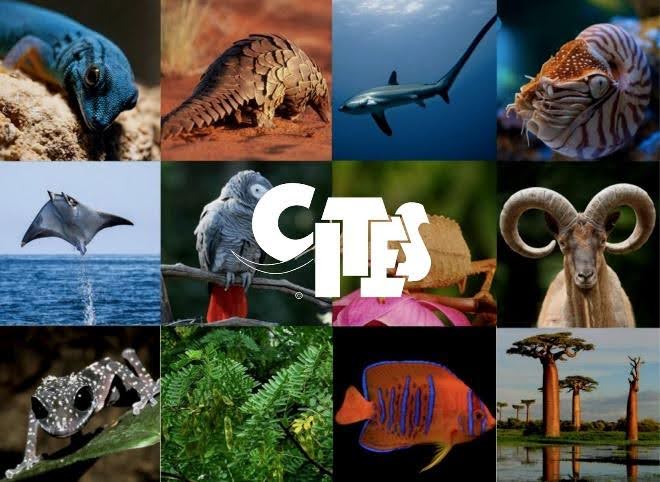
CITES is an international treaty, signed by 185 nations in 1973, that ensures global trade in wild animals and plants does not threaten their survival. Today, 40,900 species are listed under CITES protections—6,610 animal species and 34,310 plant species—across three levels ranging from total trade bans to tightly regulated trade.
For the past five decades, the United States has been a global leader in CITES, reflecting its position as the world’s second-largest wildlife importer after China. However, that leadership role appears to be shifting.
At the upcoming 20th Conference of the Parties (COP20), to be held in Samarkand, Uzbekistan in late November, delegates will consider 51 proposals to regulate wildlife trade. Historically, the U.S. has submitted about a dozen proposals per meeting, but this year it will submit only five—none of which seek to increase protections. Instead, two proposals call for downlisting species (the Guadalupe fur seal and peregrine falcon), one seeks the deletion of the already-extinct Caribbean monk seal (last seen in the 1960s), and another would amend trade rules for American ginseng by exempting farmed plants, potentially increasing risks of laundering wild-collected specimens.
Other species considered for action by the U.S., such as the painted woolly bat from Southeast Asia—popular in U.S. décor and trinket markets—were ultimately excluded, meaning protections for these species will be delayed for at least another two to three years.
Not submitting a proposal does not mean the U.S. will oppose stronger protections for traded species, but its current lack of leadership is raising concern within the conservation community. Countries that put forward proposals are granted more speaking time at international meetings, giving them greater influence in swaying others. With so few submissions, the U.S. will have a much weaker presence.
A Place For Pollinators
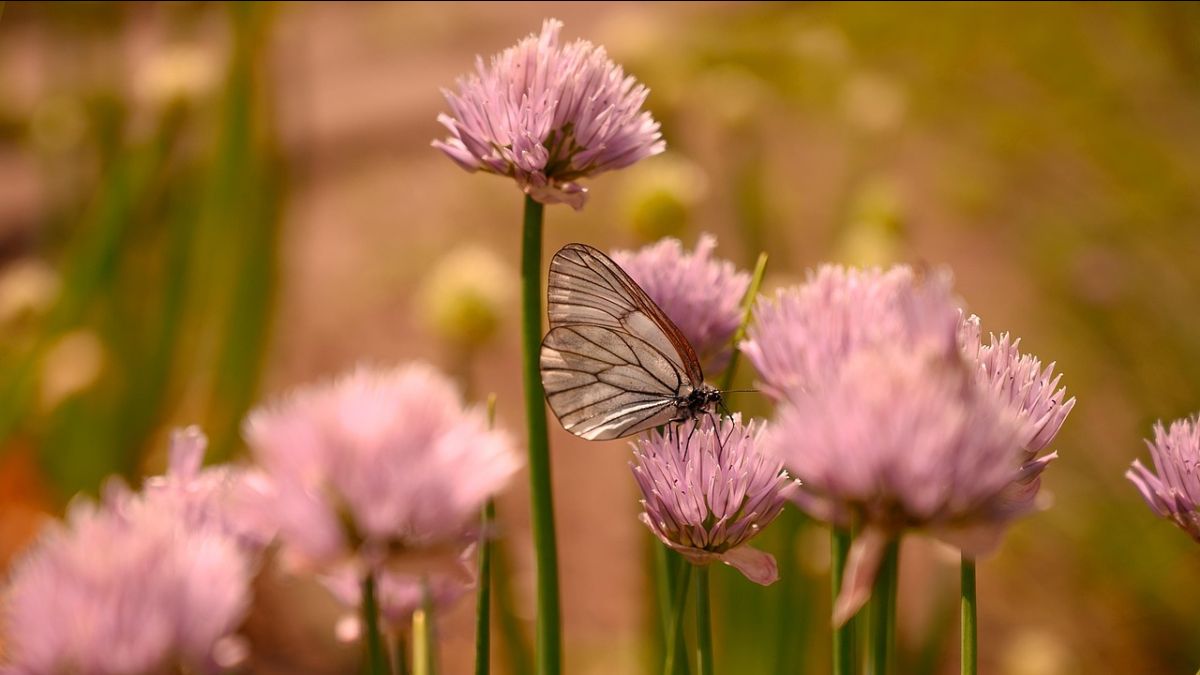
A recent Flora Magazine article from the California Native Plant Society spotlights the development of the Pollinator Companion, a data-driven tool within Calscape that models plant–pollinator interactions to inform restoration and habitat planning. The platform builds on foundational work by CBI’s very own Dr. Chris Cosma, whose doctoral research at UC Riverside produced the original predictive framework, Butterfly Net. Now, as co-lead of the Morpho Initiative, Dr. Cosma continues to advance methods that integrate large biodiversity datasets to enhance the accuracy and accessibility of pollinator-plant relationship modeling across California’s diverse ecosystems.
Modeling Fire: Comparing Frameworks, Scales, and Solutions
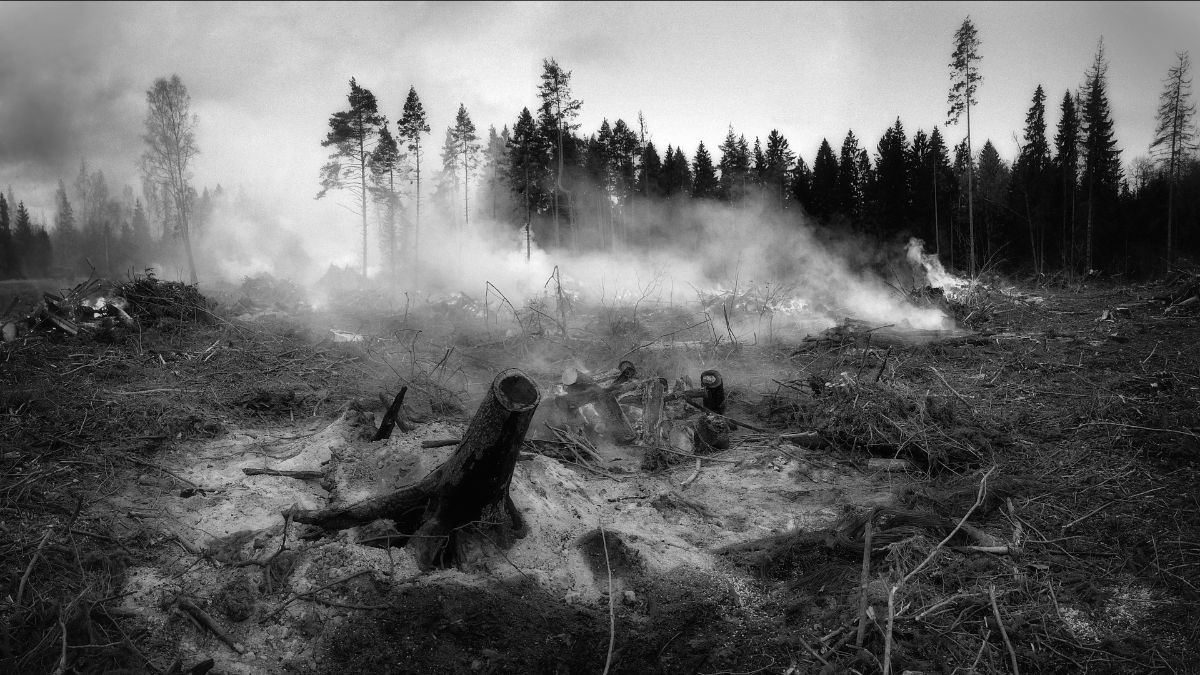
As wildfires grow in scale and complexity, the models we use to understand them must evolve just as quickly. From forecasting fire spread in vulnerable communities to projecting century-long forest shifts, fire science depends on computational tools designed for different questions, scales, and users.
On December 2, join four leading researchers as they reveal how their modeling frameworks tackle these challenges—what each can achieve, where their limits lie, and why those boundaries matter. Through comparative case studies, this workshop will explore a central truth: there’s no single “best” model, only tools suited—or unsuited—to the problems we aim to solve.
- Dr. Michael Gollner, UC Berkeley – Simulating fire spread in the wildland–urban interface
- Dr. Robert Scheller, NC State University – Integrating social dynamics and climate change in LANDIS-II
- Dr. Melissa Lucash, University of Oregon – Modeling climate-driven shifts in boreal forest structure
- Dr. Alexandra D Syphard, Conservation Biology Institute & Global Wildfire Collective – Applying machine learning to map fire occurrence
Interior Proposed to Rescind Public Lands Rule
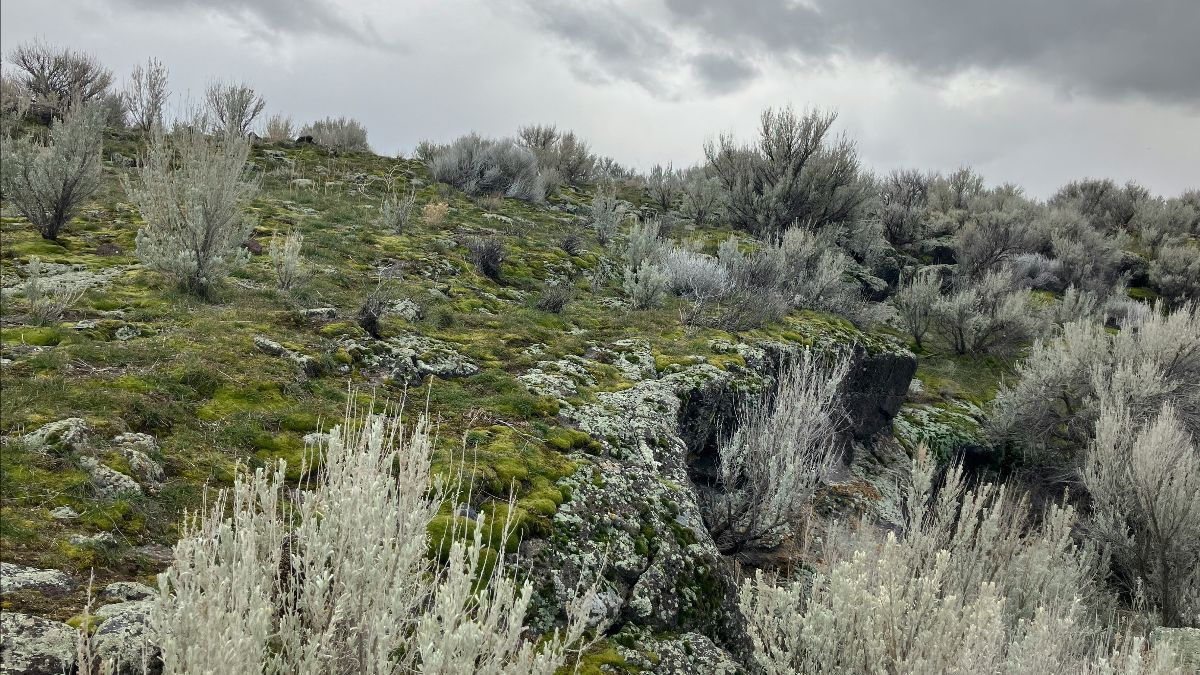
Importance of Groundwater Versus Surface Water in Creating Shorebird Habitat in the Central Valley of California
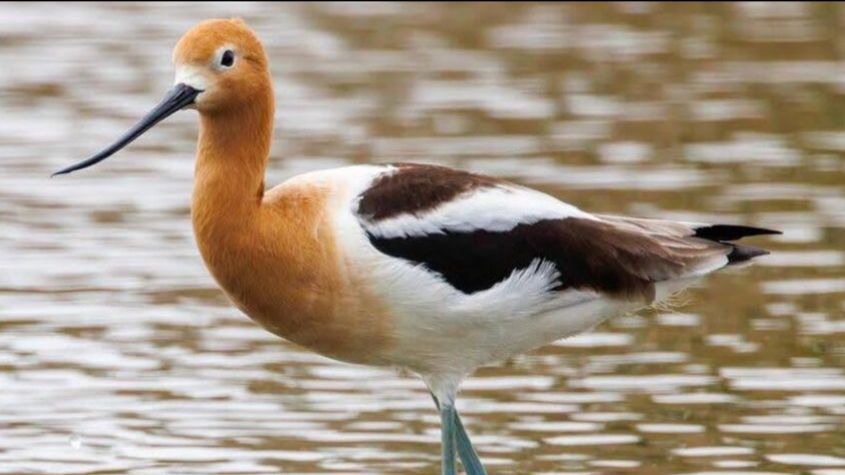
Online Panel Discussion: Resilient Landscapes and Prepared Communities
The Climate Crossroads: Urgent Warnings, Political Backsliding, and the Power of Truth
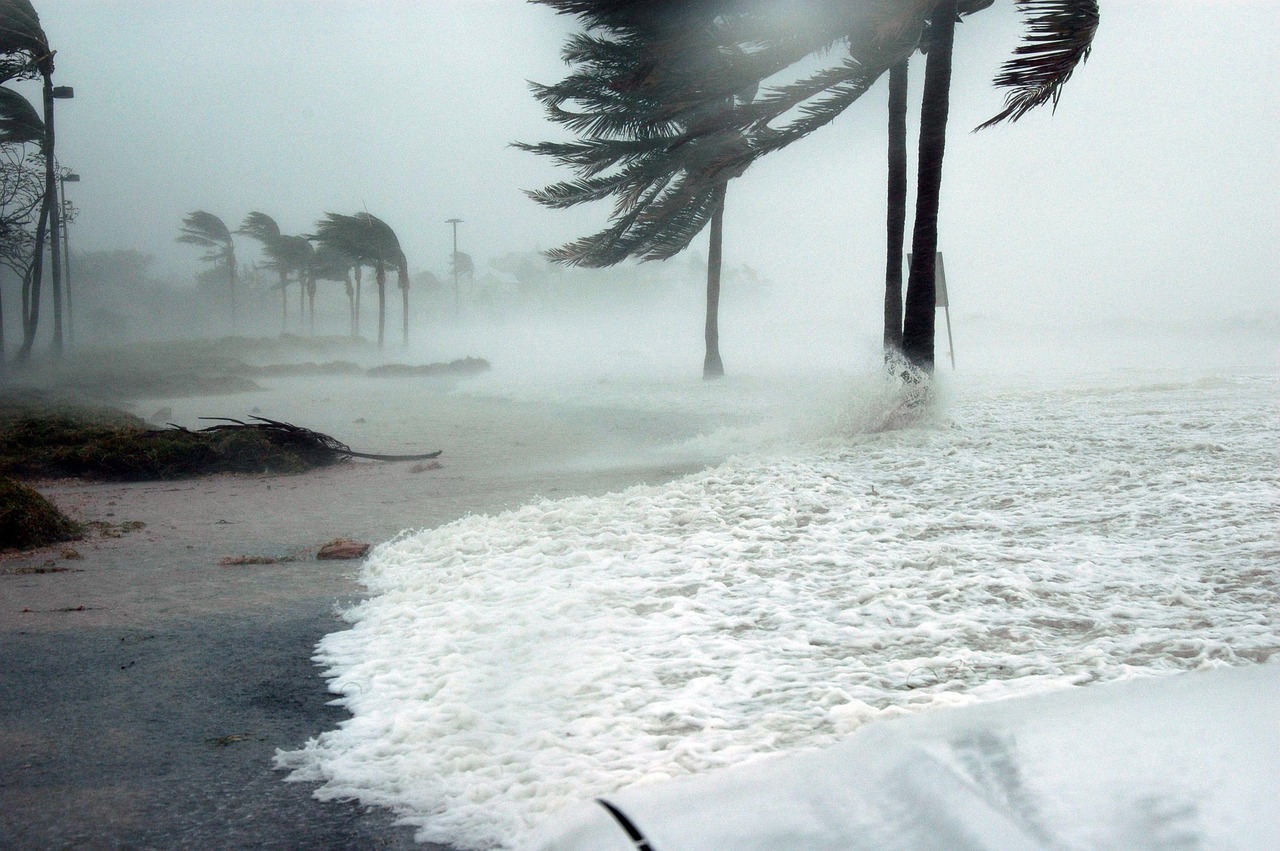
Earlier this year, James Hansen and colleagues published a paper titled Global Warming Has Accelerated: Are the United Nations and the Public Well-informed? The authors present extensive evidence leading to a stark conclusion: the climate crisis is more severe than widely reported, and only an urgent global response can meet the challenge. We are already experiencing stronger storms, record-breaking floods, extreme heatwaves, prolonged droughts, and devastating wildfires. These impacts will not only persist but intensify, threatening countless lives and causing enormous economic losses. Perhaps most alarming, the study warns that if current trends continue, the Atlantic Meridional Overturning Circulation (AMOC) – a critical ocean current system – could collapse within 20 to 30 years. Such a tipping point, described as the “Point of No Return,” would drive catastrophic sea-level rise and irreversible shifts in Earth’s climate system.
Now is not the time to deny reality or delay action – yet that is precisely the path the U.S. is taking. The current administration remains the only government preparing to withdraw from the Paris Agreement, while also dismantling international climate partnerships and rolling back energy and climate commitments through executive orders. In August 2025, NPR reported that NASA had been directed to develop plans to terminate at least two satellite missions that track atmospheric carbon dioxide. These satellites also provide crucial data on plant growth, and news of their potential loss has raised alarm among both scientists and farmers.
Confronted by the mounting scientific evidence of a rapidly changing climate, the fossil fuel industry and its political allies have mounted an aggressive global campaign to dismiss climate science as alarmist and portray solutions to reduce greenhouse gas emissions as unrealistic. They promote technological fixes such as carbon capture and emphasize adaptation strategies – rebranded as “resilience” – as sufficient responses to what they frame as an exaggerated problem. To justify inaction, climate science critics even cloak their stance in terms like “climate realism,” while downplaying the escalating risks.
There are three recent YouTube presentations that provide valuable information on this critically important topic. The first is video titled, New Research DEBUNKS Climate Disinformation presented by Dave Borlace from the channel called “Just Have a Think,” which was posted on August 17, 2025. The video focuses largely on a book by Genevieve Guenther called The Language of Climate Politics: Fossil Fuel Propaganda and How to Fight It, with other supporting information. You can also watch a presentation by the author that she gave at The Metcalf Institute in May of this year. The last video is a fact-filled and passionate presentation by Al Gore called, Why Climate Action Is Unstoppable – and “Climate Realism” Is a Myth. Together, these provide a solid update about where we are regarding the climate crisis.
Announcing the North American Forest Initiative

Dr. Dominick DellaSala, a long-time CBI Associate, has dedicated over four decades to nonprofit conservation work as a global biodiversity and climate scientist. He has also served as President of the North America Section of the Society for Conservation Biology. An internationally recognized author, he has published more than 300 peer-reviewed articles and co-authored nine award-winning books, including Temperate and Boreal Rainforests of the World: Ecology and Conservation, Mixed-Severity Fire: Nature’s Phoenix, and Conservation Science & Advocacy for a Planet in Peril: Speaking Truth to Power. Dr. DellaSala will soon be launching a new CBI initiative focused on North American forest conservation. Content is currently being added to the CBI website describing the important work Dr. DellaSala and his colleagues are doing and is expected to launch publicly around mid-month. This important initiative will be a valuable resource for all who care about the long-term protection of forests. Please check in here over the coming weeks.
National Grassland Quality Modeling
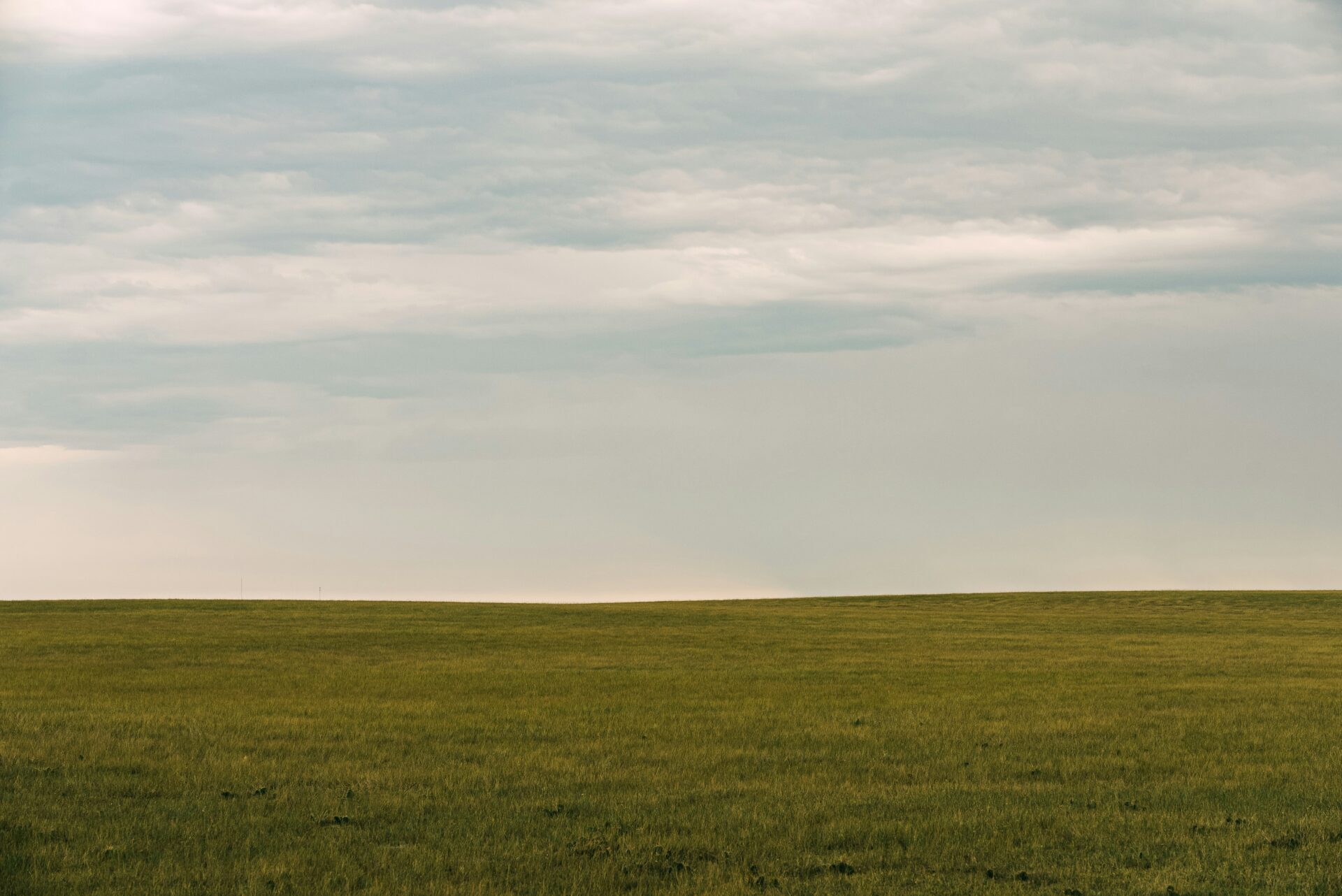
Over the past two years, CBI spatial modelers have been developing map-based products to support the USDA Conservation Reserve Program (CRP). A central goal of this work is to generate more accurate maps of grassland quality, enabling large-scale evaluation of ecosystem services. This spatially explicit approach provides USDA with the information needed to track the relative conservation success of a program that voluntarily safeguards over 26 million acres of private farmland nationwide.
To achieve this, CBI integrated cutting-edge remote sensing data with key environmental indicators and applied machine learning techniques within the Google Earth Engine platform. Draft models have already been produced at a national scale, with advanced methods tested in several grassland-rich states. Each model incorporates three primary components: vigor, composition, and landscape structure and resilience. Preliminary results (Figure 1) have also been built into an online assessment tool, which is currently under review.
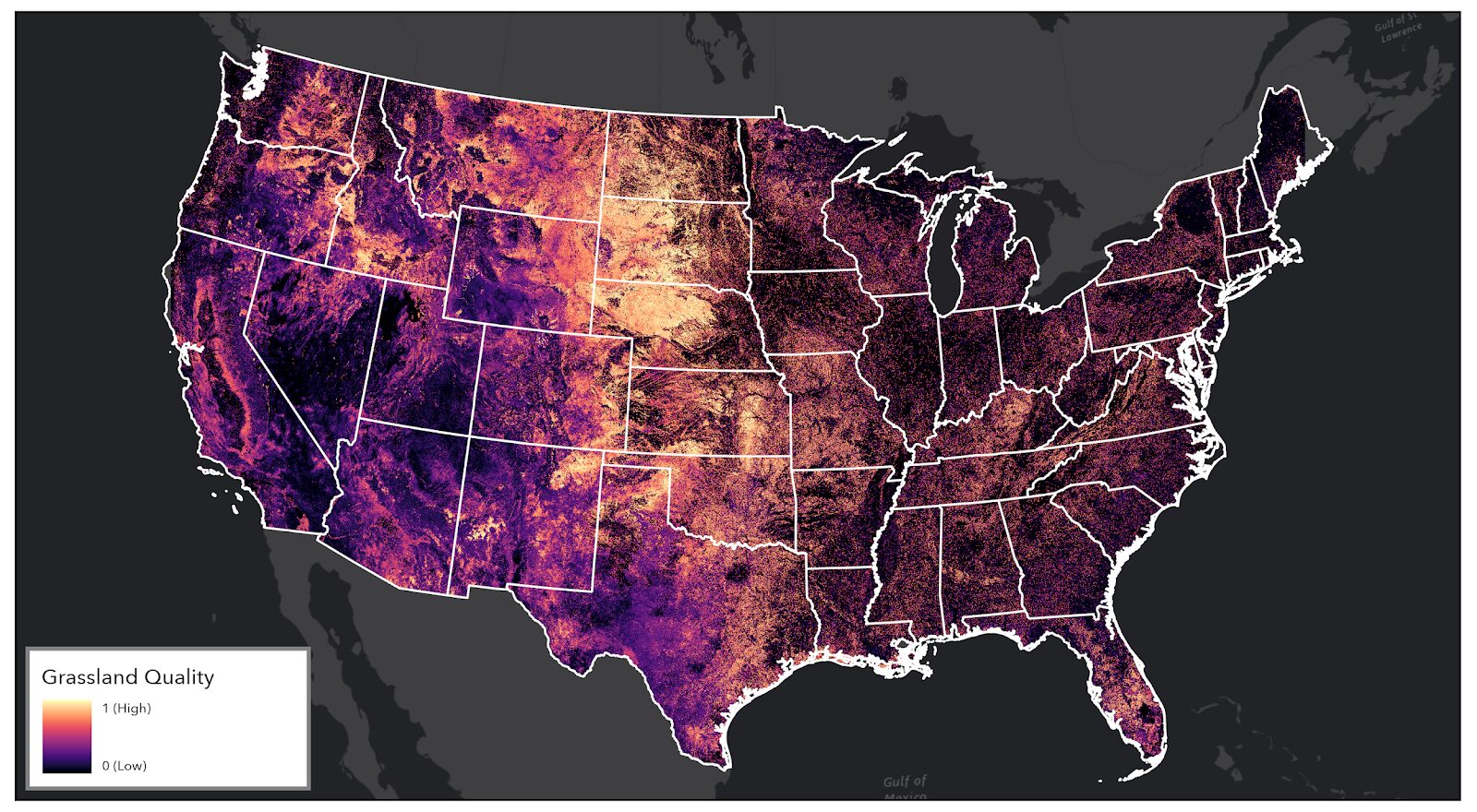
Dr. Alexandra Syphard Featured on NPR – Insights on Roads, Wildfires, and Unintended Consequences
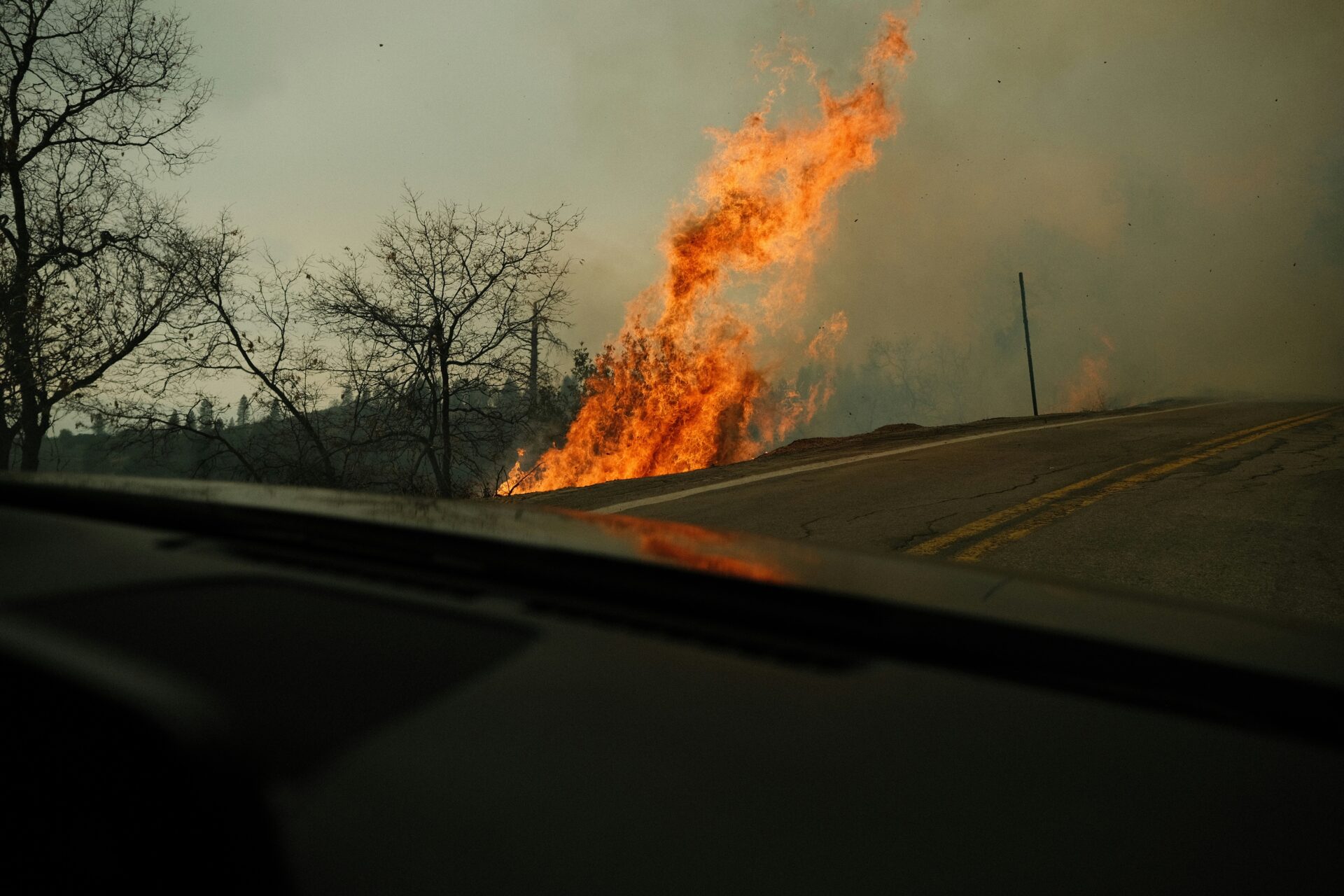
We’re delighted to share that Dr. Alexandra Syphard, Senior Research Scientist at CBI and Director of Science at the Global Wildfire Collective, appeared on NPR on August 28, 2025, to discuss proposed changes to the Roadless Rule and their potential implications for wildfire risk.
Dr. Syphard eloquently invoked the Sevareid Principle, reminding listeners that “the law of unintended consequences is a very real law.” She emphasized that while roads may facilitate access for fire suppression, they also tend to increase fire ignitions—as data shows up to four times more ignitions within 50 meters of roads than in roadless areas. Moreover, road construction transforms vegetation—favoring flammable grasses in place of mature forest—and thereby amplifying fire risk.
Marine Mammal Protection Act Under Threat
With overwhelming public support, the Marine Mammal Protection Act (MMPA) was signed into law by Richard Nixon on October 21, 1972. This landmark legislation marked a turning point in marine conservation, establishing comprehensive protections for whales, dolphins, manatees, sea otters, seals, sea lions, walruses, and polar bears within U.S. waters.
The MMPA was groundbreaking in its adoption of an ecosystem-based approach to wildlife conservation, making it the first law of its kind in the world with its central aim to maintain sustainable populations of marine mammals in relation to the health and capacity of their habitats. The Act not only brought an end to commercial whaling in the U.S., but also laid the foundation for the recovery of numerous species once teetering on the brink of collapse.
Thanks to the MMPA, no marine mammal species have gone extinct in U.S. waters since the law was enacted. In fact, many populations have made remarkable recoveries, including humpback whales, gray whales, gray seals, and California sea lions. When the MMPA was passed, humpback whale numbers had plummeted by 95%, with only a few thousand remaining. Today, their populations have grown significantly – approximately 13,000 in the North Atlantic and around 21,000 in the North Pacific.
Despite this amazing recovery, like most marine mammals, humpback whales still face serious threats. Climate change is perhaps the most significant medium-term threat as rising ocean temperatures disrupt their food sources. But there are other day-to-day impacts that are causing problems such as entanglement in fishing gear, vessel strikes, vessel harassment, and underwater noise take their toll.
Today, however, this critical legislation faces serious threats as a draft MMPA reauthorization bill was introduced by Rep. Nicholas Begich (R-AK) in early July. The proposed Act reauthorization would –
- Downgrade the statute’s mandate from healthy populations to mere survival
- Weaken the legal standards for authorizing activities that kill and injure marine mammals
- Eliminate protections from commercial fishing
- Hamstring the ability to issue any new regulations under the Act
- Drastically undermine marine mammal conservation
- Delay action (10 years) to save the critically endangered North Atlantic Right Whale
The MMPA has been a major success and is essential to safeguarding the future of marine mammals and the ecosystems they call home.
Bats in Eastern Washington

Bats are experiencing severe declines, with 90% of species affected and 53% at risk of extinction within 15 years, making them one of the most threatened vertebrate groups in North America. Bats are extremely important ecologically as they provide major ecological benefits including insect control, pollination, and seed dispersal. Over the last two growing seasons, CBI scientist Dr. Chris Cosma has been monitoring bats and nocturnal flying insects in Douglas County, Washington in order to better understand how different landscape conditions impact bat species richness and abundance. Funded by the Washington Department of Fish and Wildlife, Chris used the latest acoustic monitoring technology to survey bats and camera traps to evaluate their prey base – primarily moths.
He surveyed sites that represented a gradient of surrounding land types—active cropland, cropland under restoration via the Conservation Reserve Program (CRP), and regional protected areas. Using generalized linear mixed-effects models, he analyzed how bat activity, species richness, diversity, and feeding behavior was influenced by environmental variables including climate, land cover, water features, and nocturnal flying insect abundance.

KEY FINDINGS
All 14 bat species native to the region, including at-risk species like Townsend’s big-eared bat, were detected during the study. Temperature was identified as the strongest environmental factor influencing bat activity, with both nightly fluctuations and long-term minimum temperatures significantly predicting bat diversity, activity levels, and foraging intensity. While nocturnal insect abundance had a smaller effect, it still showed a significant influence on bat feeding behavior, particularly at finer temporal scales.
Agricultural practices had mixed effects on bat communities. Areas with insect-pollinated crops and greater crop diversity within a 2–5 km radius played a key role in supporting vulnerable and rare species like Towsend’s big-eared bat. The USDA Conservation Reserve Program-enrolled lands, however, showed consistent negative associations with bat activity, diversity, and foraging. These lands are currently in early stages of restoration.
Management implications
These findings show that diverse bat communities play a key role in eastern Washington’s agricultural landscapes. Bats were more active in areas with diverse insect-pollinated crops, suggesting that diversified farming provides better foraging habitat than simplified, wind-pollinated systems. Protecting and expanding areas with water sources is also essential for bat conservation.
New Landscape Intactness Assessment for California
In 2016, the California Energy Commission funded CBI to conduct an advanced landscape condition analysis, intended to use as a foundation for evaluating ecosystems, species habitats, and areas designated for renewable energy development. The resulting product was integrated into several statewide planning efforts, including the California Department of Forestry and Fire Protection’s Fire and Resource Assessment Program (FRAP 2017 Assessment) and the California Department of Fish and Wildlife’s State Wildlife Action Plan (SWAP 2025 Update).
CBI’s modeling approach synthesizes complex spatial data into a suite of metrics that quantify terrestrial intactness—an estimate of naturalness or the degree of human disturbance—through a multidimensional lens. The resulting interactive product allows for identification of natural areas that maintain higher levels of ecosystem integrity, thus maximizing support of wildlife and ecosystem services. It also highlights key factors influencing the State’s landscape condition, such as infrastructure and urban development, and supports a deeper understanding of the wide range of human impacts occurring along that continuum.
In 2024, the California Department of Forestry and Fire Protection (CAL FIRE) funded an update to produce a new version of this terrestrial intactness product, incorporating significant improvements in data quality and the inclusion of some new inputs such as invasive vegetation and habitat fragmentation metrics. The analysis provides a present-day estimate of the degree to which California’s natural landscapes have been impacted by human disturbance and the drivers at play in any given location.
The 2025 version has been crafted with an eye towards incorporating data derived from more advanced methods, likely to be updated at regular intervals, thus setting the stage for products more directly comparable across time. The current upgrades and advancements in the analytical model provide a solid foundation for future work – such as finer resolution models that would offer additional detail needed to address certain planning and management issues by agencies, NGOs, and others

Landmark Conservation Policy Rescinded
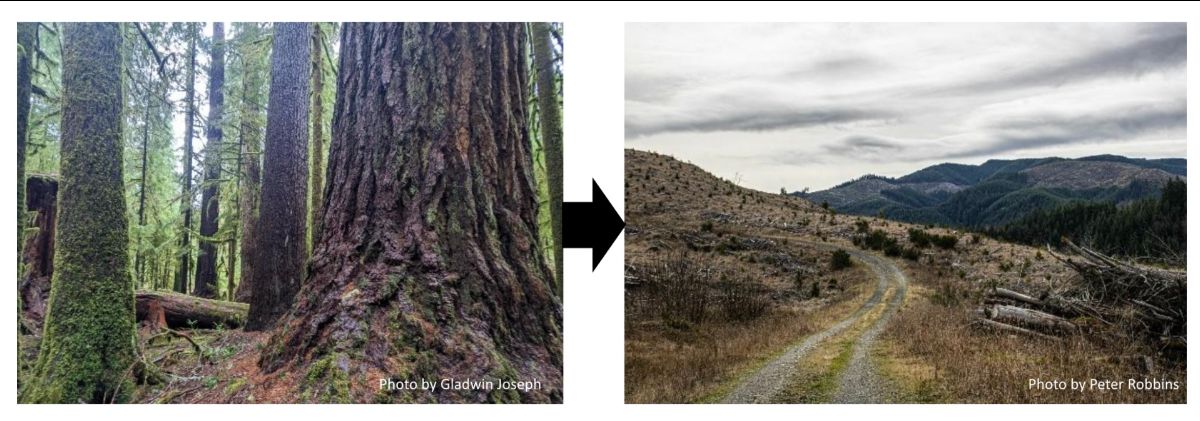
Last week, USDA Secretary Rollins announced that the Administration is rescinding the landmark 2001 Roadless Rule Policy, which prohibits road building and resource extraction on 58.5 million acres (~30%) of National Forest lands. The rule was enacted after a public comment period and 600 open meetings around the country resulting in 1.5 million comments – overwhelmingly in favor of the rule – from citizens demanding that the degradation of environmentally sensitive roadless areas be halted.
What is a Roadless Area?
Roadless areas are National Forest lands that have remained unroaded for a variety of reasons, including inaccessibility and environmental sensitivity. Roadless areas provide many ecosystem services that are not as readily available in roaded landscapes, such as:
• Provide refuges for many threatened, endangered, and endemic fish and wildlife species.
• Contain old-growth forests and other rare habitat types that are more resistant to forest fires and effective at controlling climate change.
• Provide clean drinking water to millions of Americans.
• Serve as unspoiled reference areas for research into issues such as climate change.
• Act as buffer zones against invasive, noxious, or exotic species.
• Protect important historic and cultural areas.
• Host a wide variety of outdoor recreation activities for visitors.
Leading up to the enactment of the Roadless Rule, several scientific studies demonstrated unequivocal support for the protection of roadless areas (see insert). At the same time, scientists were turning their attention to documenting the impacts of roads and associated logging on the extent and rate of forest fragmentation across the nation (see Conservation Biology 2000 – Special Edition on roads).
Roads are one of the most destructive human impacts on the planet and the U.S. has more roads than any other nation on Earth. The current road network present in our National Forests is already over 378,000 miles, enough to drive around the globe nearly 16 times. Consequently, roadless areas are what remain of the nation’s dwindling intact and functional ecosystems.
Unfortunately, once roads are built, they rarely go away. The negative impacts of roads on the environment and natural ecosystems are numerous and significant. The physical presence of roads is problematic in many ways – wildlife is particularly impacted – but the bigger issue is the sprawling impacts that follow. Widespread habitat destruction, fragmentation, and degradation are made possible by the access roads provide.
In her recent statement, Secretary Rollins stated, “This move opens a new era of consistency and sustainability for our nation’s forests. It is abundantly clear that properly managing our forests preserves them from devastating fires and allows future generations of Americans to enjoy and reap the benefits of this great land.”
Contrary to the claim that it is ‘abundantly clear’ this action will make things better; the scientific evidence clearly states the opposite. With regard to wildfire, numerous researchers have clearly demonstrated that roads significantly increase human-caused ignition. And once a fire is started, the corridors of invasive flashy fuels that roads promote only increases the risk of a severe fire.
The benefit to future generations is truly aspirational, but destroying and degrading our public lands for corporate profit is simply stealing from current and future generations. Our National Forests (including roadless areas) already provide billions to the local economies. This economy is sustainable long-term as it does not rely on extraction.
The majority of the American people love that we still have unspoiled public lands that belong to all of us. The vision the Roadless Rule embodied was popular in 2001 and it is even more popular now. Rescinding the Roadless Rule is indefensible on all counts.
Designing Sustainable Recreational Trails
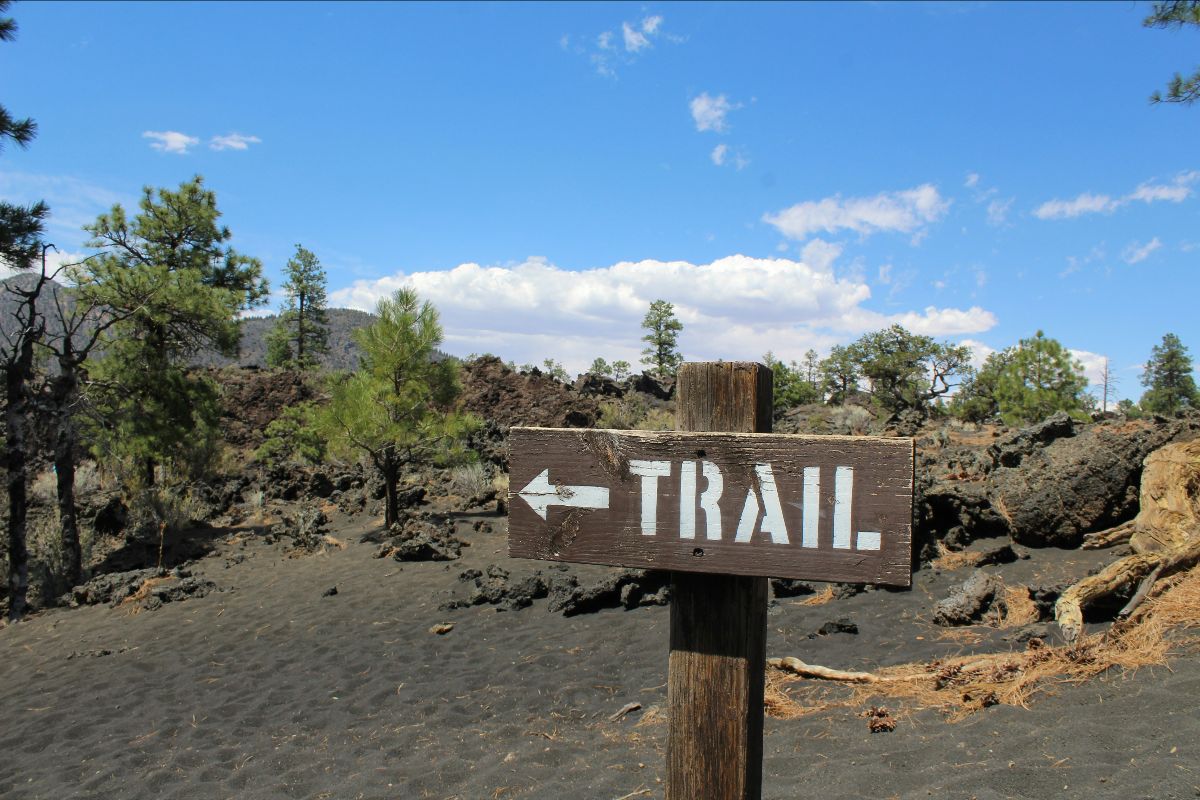
Recreation on public lands has boomed over recent years and trails are a major value to many outdoor enthusiasts. However, there are many aspects of trails that influence their long-term sustainability. Trails are not benign ecologically and there are numerous considerations for reducing their impact on natural ecosystems. There are also economic, physical, and social considerations (including Tribal treaty rights) to consider when designing a sustainable trails network.
On July 26, CBI’s Geospatial Team Lead, Rebecca Degagne, was a guest of the American Trails “Advancing Trails Webinar Series” giving a talk on Data-Driven Decision Support for Sustainable Trail Planning and Management. Rebecca gave an overview of the ongoing work that CBI has been involved in to provide the US Forest Service Region 6 (Oregon and Washington) and Deschutes Trails Coalition (Oregon) a decision support application that provides an assessment of the environmental, economic, physical and social sustainability of existing and potential trails. Incorporating 150 datasets, the tool assembles data such as aesthetic value, maintenance costs, potential user type conflicts, landslide vulnerability, habitat vulnerability to produce a score for each trail segment in question. The pilot Trails Assessment and Planning Tool has been well received and getting lots of use.
Global Wildfire Collective Webinar – Fire in Boreal Ecosystems
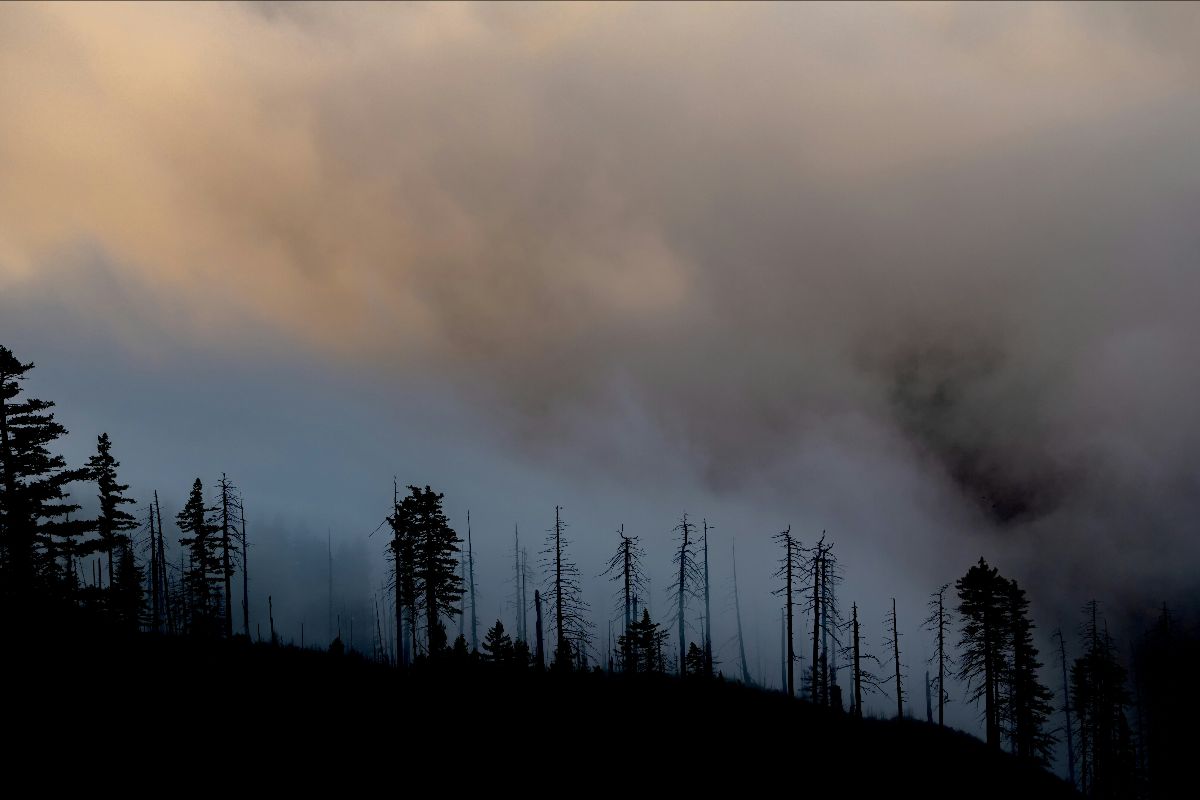
REGISTER NOW for the second event in the Global Wildfire Collective’s Fire Ecology webinar series! This time, the focus is on wildfires in boreal ecosystems. This session will explore both the shared characteristics and key differences between the North American and Eurasian boreal biomes. We’ll investigate the ecological shifts and human influences shaping these regions, and examine current management strategies, policy frameworks, and the critical scientific and data gaps that must be addressed to deepen our understanding of fire dynamics across boreal landscapes.
Speakers at this event:
- Dr. Mike Flannigan – BC Innovation Research Chair in Predictive Services, Emergency Management and Fire Science, Faculty of Science, Thompson Rivers University
- Dr. Sarah Henderson – Scientific Director of Environmental Health Services, BC Centre for Disease Control (BCCDC)
- Dr. Johan Sjöström – Senior Research Scientist, RISE
- Dr. Jen Schmidt – Associate Professor of Natural Resources Management and Policy, University of Alaska, Anchorage- Institute of Social and Economic Research
Global Wildfire Collective Expert Group Meeting
A reflection by our Executive Director, Robin Jones
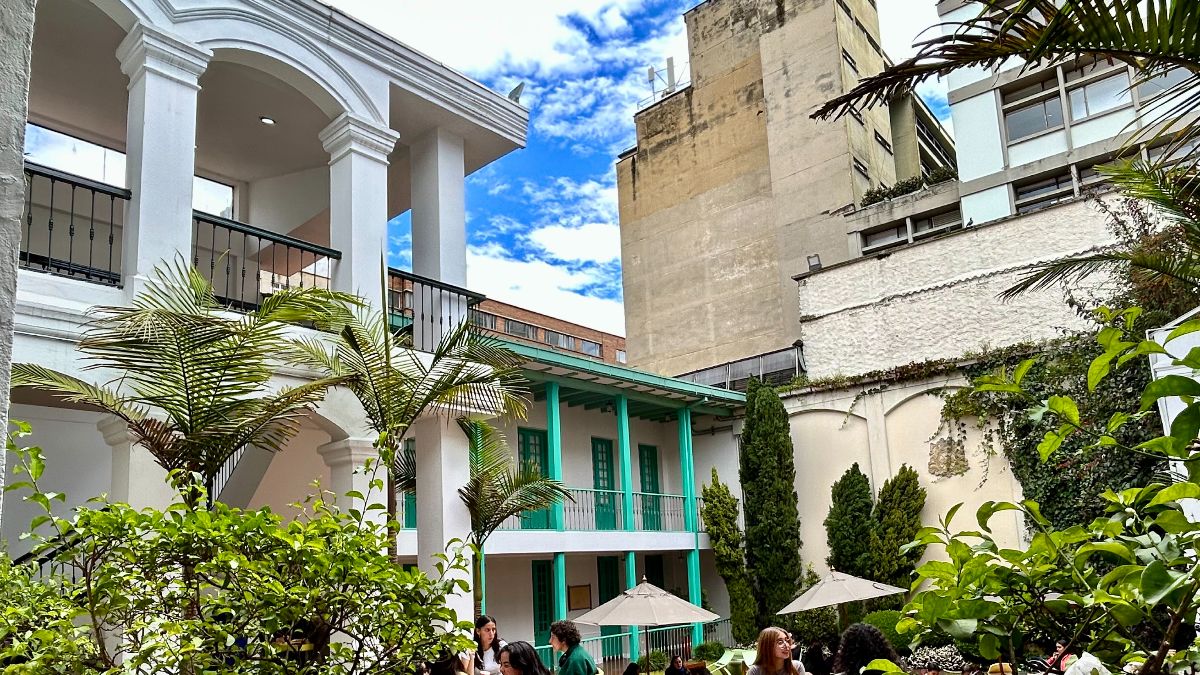
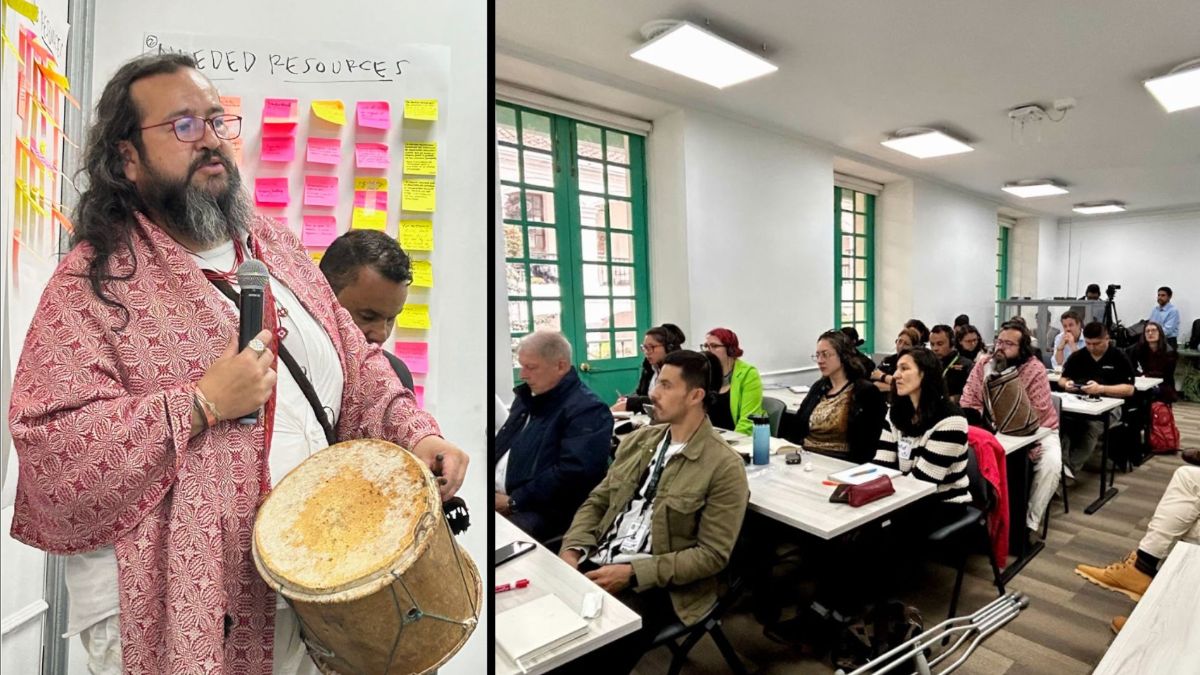
Our second day was a field visit to the Parque Nacional Natural Chingaza, on the outskirts of Bogotá. There, we were given permission to visit the site of a sizable January 2025 fire in the páramo. Páramo is a rare and unique high-altitude ecosystem found in the Andes, particularly in Colombia, and is known for its high biodiversity and its crucial role in water regulation and storage. Despite fire being historically documented in this ecosystem, little is known about the frequency and trends of fire in these high-elevation landscapes. Researchers from the Parque Nacional, Universidad del Rosario and Instituto Humboldt presented their latest research aimed at better understanding the nature fire regimes of the ecosystem, how those regimes may be changing due to climate change and human influence, and how resilient the ecosystem is to fire. The day reiterated a need for scientific understanding of fire regimes and fire ecology in lesser-populated, lower fire frequency ecosystems of the Global South.
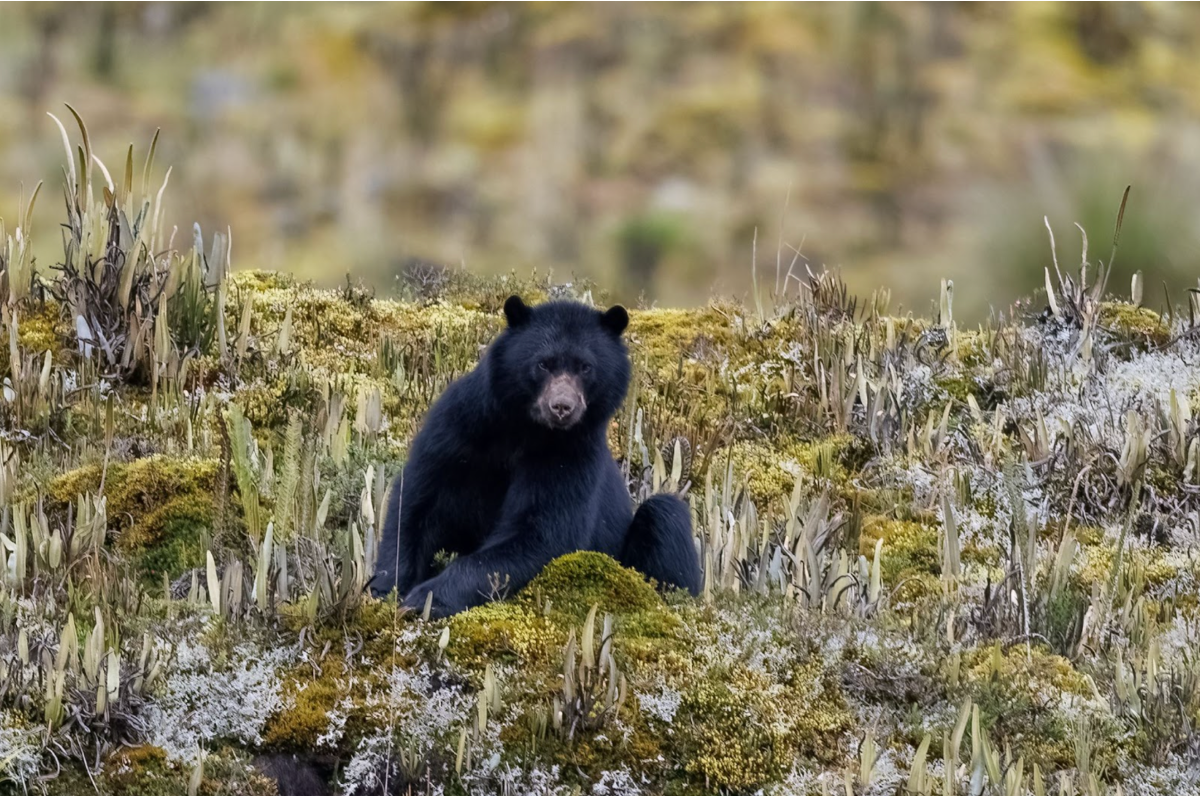

We left Bogotá feeling inspired, motivated and empowered by our new partnerships and relationships to accelerate the pace of understanding and adaptation to fire via the work of the Global Wildfire Collective. We look forward to sharing more updates as we kick off new work in the region.
Closer to Home
Tuolumne Utilities District Wildfire Defense Plan
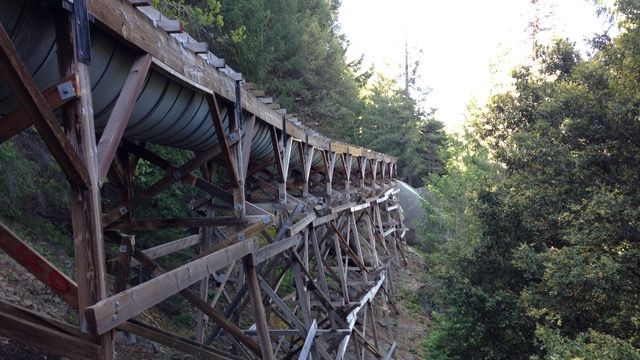
- The TUD Wildfire Risk Mitigation Plan, prepared by CBI in consultation with JUDa presents prioritized locations for mitigating wildfire risks to TUD infrastructure and supports the effective planning and implementation of the prioritized projects while providing co-benefits to the community and natural resources.
- The TUD Fire Water Draft Points Plan, prepared by EN2 Resources in consultation with TUD, identifies 49 strategic raw water draft points across the district to increase water availability for fire suppression, reduce demands on potable water systems, and enhance emergency response capabilities.
UN Proposal Submission
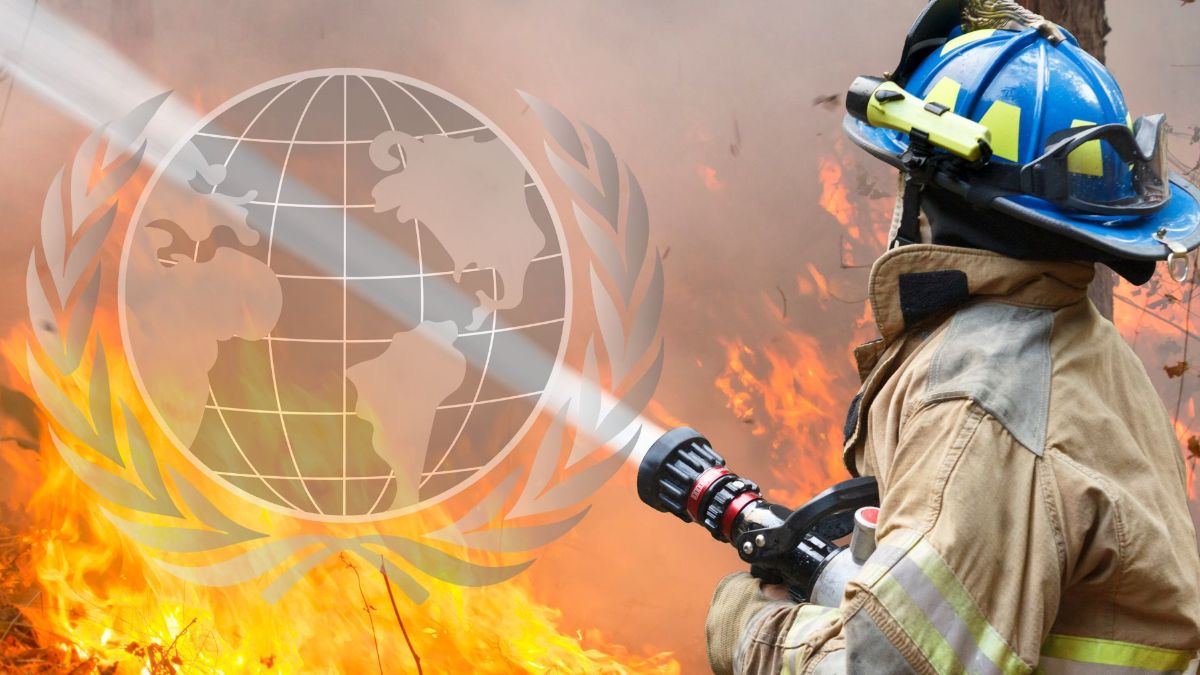
CBI Webinar
Learn about Data-Driven Decision Support for Sustainable Trail Planning
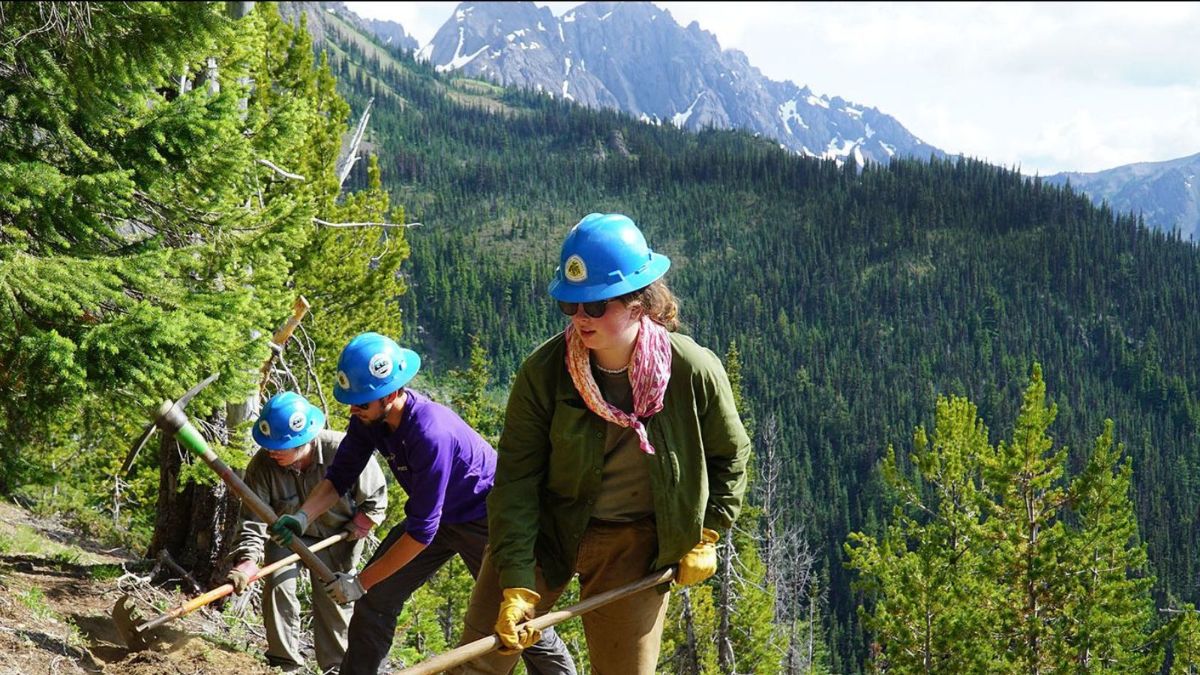
The Conservation Biology Institute has been invited to present work on sustainable trail planning and management in the Advancing Trails Webinar Series on June 26th at 10:00 am Pacific Time. The webinar will showcase an online application to support collaborative decision-making and data-driven evaluation of trail sustainability, developed by the Conservation Biology Institute in partnership with the US Forest Service and the Deschutes Trails Coalition. The prototype system facilitates tracking and visualizing important trail information and synthesizes spatial data into quantitative metrics covering physical, environmental, social, and economic dimensions of trail sustainability. Information summarized in the interface can be explored via interactive maps, augmenting critical on-the-ground knowledge of field crews and local managers. This application offers decision-makers and their partners a transparent means to evaluate the sustainability of both existing and proposed trails and is targeted for expansion to PNW National Forest lands.
PUBLICATION
The Secret Lives of Moths

Dr. Cosma highlights several studies that found no difference between day and night pollination for crop species that were assumed to be primarily pollinated during the day by bees. However, 90% of the 139 plant species they analyzed showed no significant difference in pollination success between day and night. So, who has the night shift?
PUBLICATION
Regional patterns in U.S. wildfire activity: the critical role of ignition sources
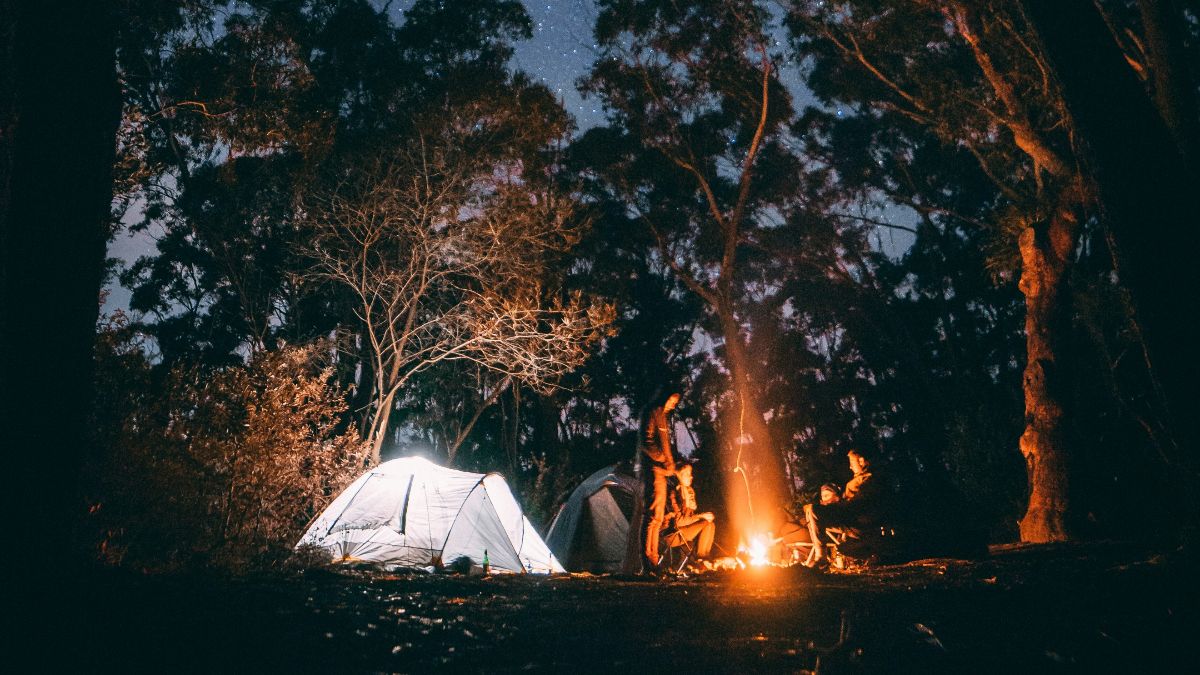
PUBLICATION
Scientists’ warning on fossil fuels
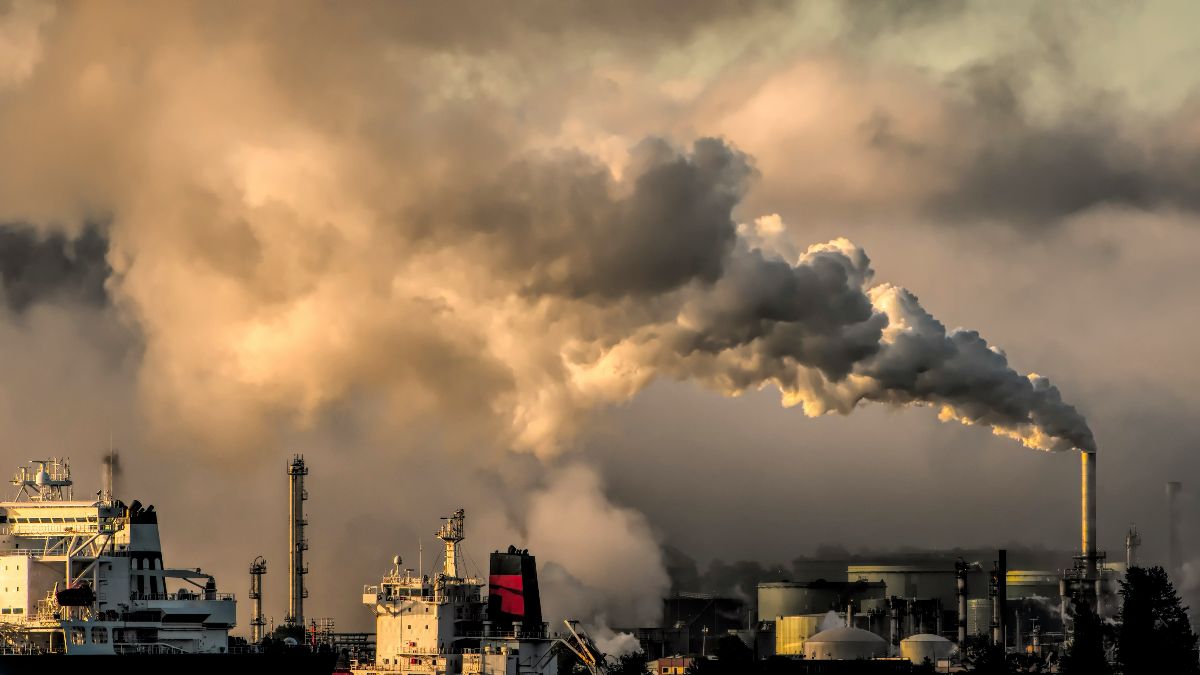
NEW DATA BASIN GATEWAY
Guam Offshore Resource Planning Gateway
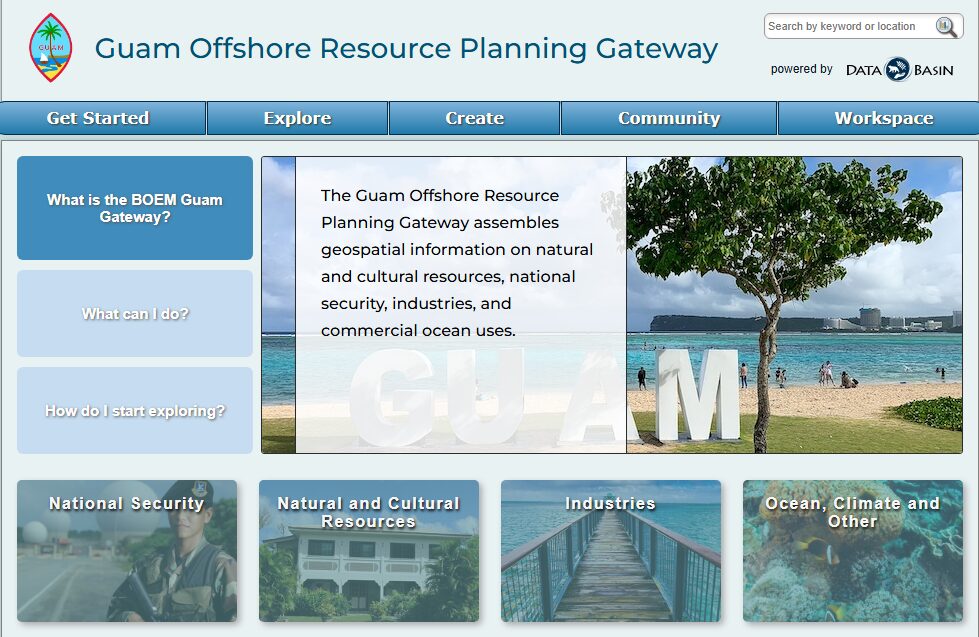
- Facilitate the exchange of information related to biological, cultural, and physical resources, as well as ocean use priorities and planning considerations.
- Coordinate marine spatial planning activities for development in alignment with Guam’s long-term infrastructure goals.
- Assist in identifying areas that may be suitable for potential resource development.
- Provide information about leasing processes, regulatory requirements, and relevant statutory frameworks.
EVENT
Expert Group Meeting in Bogotá, Colombia
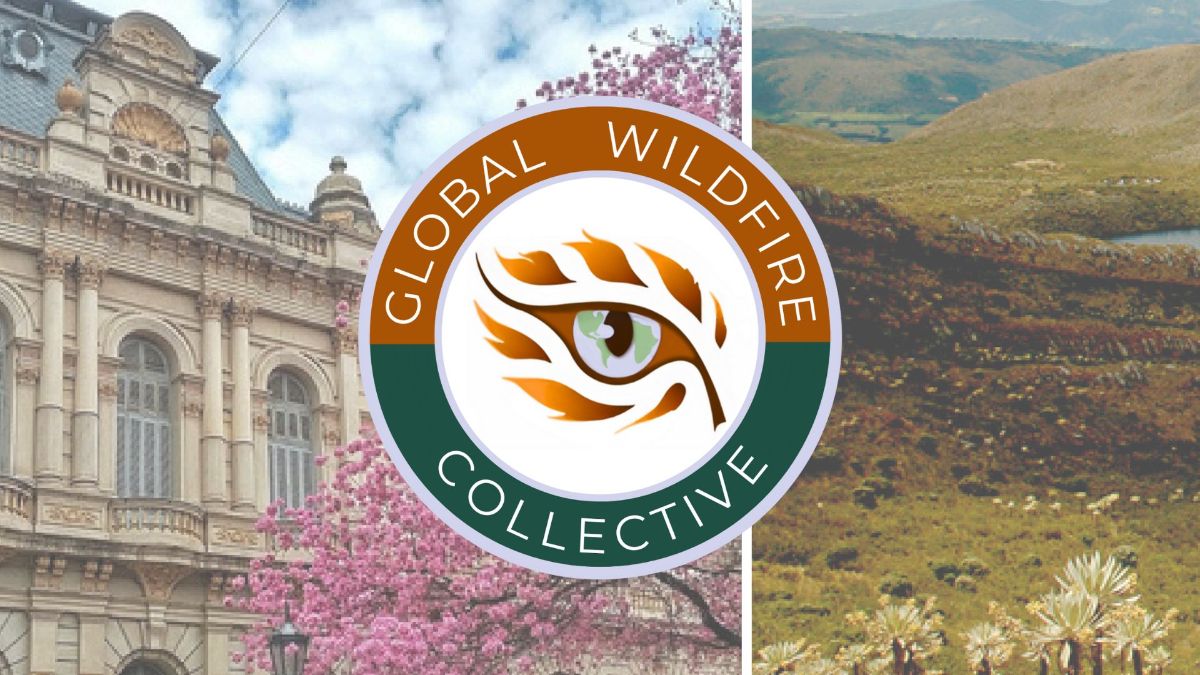
Participants in the event include representatives from firefighting agencies & associations, government ministries of environment, disaster risk and meteorology/hydrology, research institutions, non-governmental organizations, private sector representatives, local and Indigenous communities and multilateral development banks.
EVENT
Conservation GIS Online Meetup Thursday May 8th

Find Plant Seed/Seedling Vendors to Support Conservation
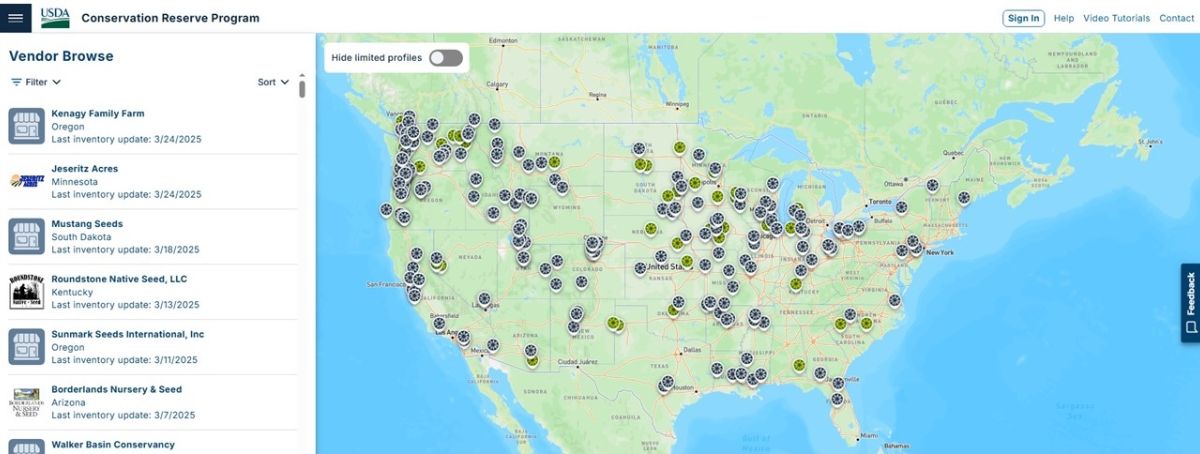
Mapping Global Forest Carbon
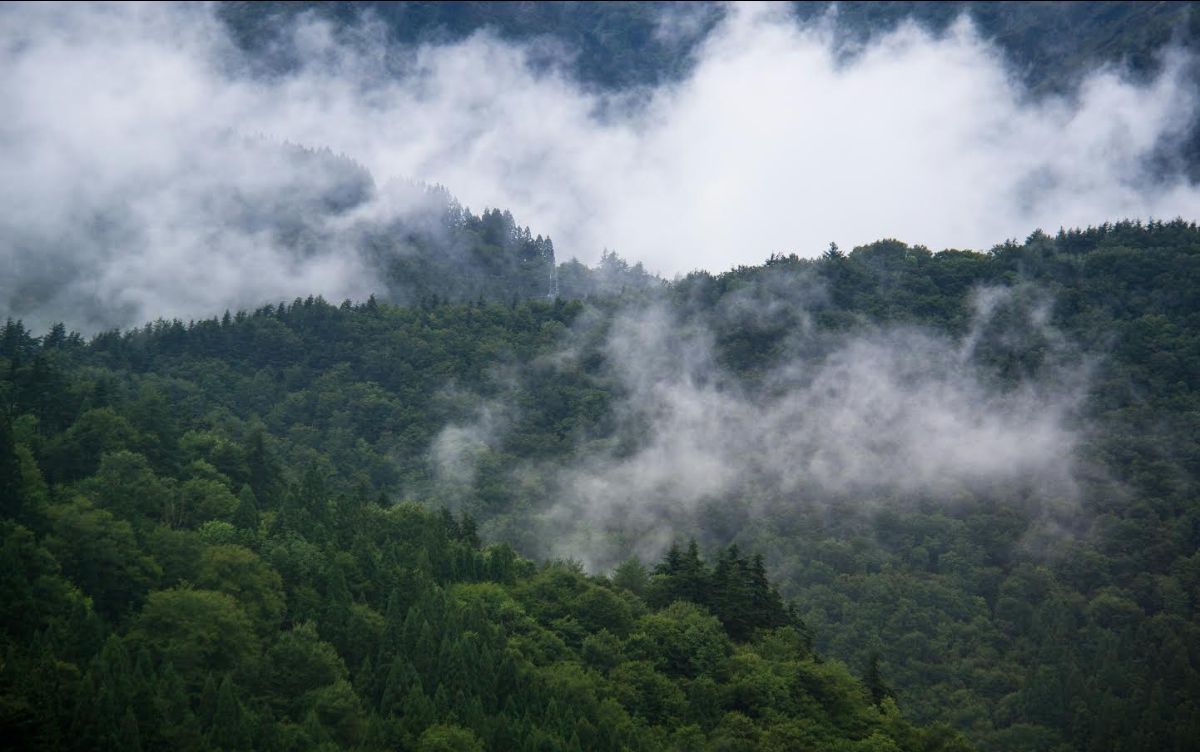
Global Wildfire Collective
New CBI Team Member
WELCOMING KIM DELFINO TO OUR BOARD OF DIRECTORS
An Important Message
From Robin Jones, CBI Executive Director
We are all in this together!
During these politically challenging times, we have put much thought into how to carry on with our work to protect the values we hold dear. In some ways, we are in a relative position of privilege, in that the work we do every day continues to help safeguard our planet. Below are three ways you can participate in our mission.
CBI Associates Program
BECOME A CBI ASSOCIATE
The CBI Associates program aims to partner with researchers and scientists working in the conservation science fields to expand our impact. The program has been designed to enable researchers and scientists that are not in CBI’s employ to leverage the CBI brand and institutional infrastructure to obtain and manage grant-funded projects within an established and reputable non-profit organization.
This program may be of particular interest to Federal employees that have recently lost jobs in these fields, particularly if they have ongoing research or planning projects funded with soft money, or a track record of successful proposal development. If you, or someone you know, were impacted by the recent Federal government cuts, you can learn more about the CBI Associates program here.
Help Preserve Environmental Data
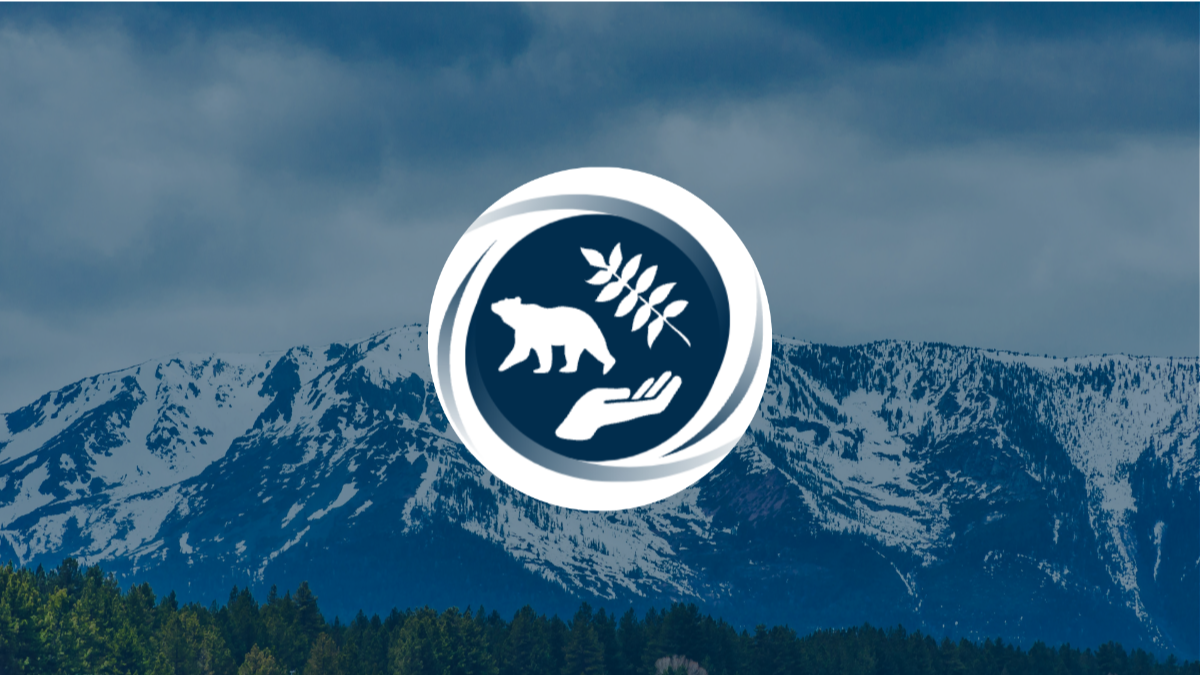
BECOME A DATA BASIN VOLUNTEER
According to a New York Times analysis published on February 2, 2025, “more than 8,000 web pages across more than a dozen U.S. government websites have been taken down … as federal agencies rush to heed President Trump’s orders.” Already, missing data related to “climate” and “resilience” have been reported. CBI’s Data Basin platform is well suited to host this type of spatially explicit data and it is free to use. If you have a background in GIS and willing to volunteer your time toward collecting and uploading data to Data Basin to help preserve important natural resource data, please contact us at info@consbio.org and we will be in touch about ways you can contribute.
Make a Donation
Of course, financial support is always welcome, even more so in a time when organizations like CBI face uncertainty about the availability of government funding. Any contribution you are able to make is much appreciated and will help ensure that CBI continues to do its important work under these particularly difficult circumstances.
Where Have All the Porkies Gone, and Can We Get Them Back?
Porcupines have been disappearing from western forests for years, and CBI is exploring if we can get them back in the Southern Sierra Nevada to also help the Pacific fisher.
Concerns have been mounting in recent decades over an apparent decline in the distribution and abundance of the North American porcupine (Erethizon dorsatum) throughout the western US. This decline is especially evident, and troubling, in the southern Sierra Nevada of California, where CBI has been leading the effort to recover the endangered distinct population of fishers (Pekania pennanti). Porcupines were once a favorite, if not the favorite, food of fishers, but they are completely missing from the fisher diet in recent decades. In addition, porcupines are “ecosystem engineers” whose gnawing on tree bark creates multi-forked treetops, platforms, and cavities used by fishers and numerous other wildlife species, from nesting raptors to flying squirrels to martens.
CBI is currently exploring with partners options for returning porcupines to southern Sierra Nevada forests to benefit the ecosystem and to help recover endangered fishers. Once common in Sierran mixed conifer forests, “quill pigs” were routinely shot and poisoned as pests during much of the Twentieth Century, because their food habits damaged trees and reduced their timber value. This persecution has largely ceased, but population declines have continued to the point that they seem to be completely absent from fisher habitat.
Returning porcupines to the southern Sierra Nevada will not be easy. Reasons for their disappearance are complex and not fully understood; their reproductive rates are extremely low (a mother can birth only one porcupette per year); and there is an inherent conundrum in that fisher predation on porcupines could hinder efforts to re-establish a population. Nevertheless, we believe the effort is worth a try. The first step is establishing a working group of porcupine and forest ecology experts to review all aspects of the problem and to develop a reintroduction feasibility study. We are in the very early stages of contacting interested experts and will be pursuing funding opportunities for a feasibility study.
The Global Wildfire Collective

A NEW CONSERVATION BIOLOGY INSTITUTE INITIATIVE
Altered fire regimes are leading to profound ecological transformations, posing serious threats to biodiversity and driving large-scale species extinctions. Wildfires are also disrupting essential ecological services proportionately that humans depend upon (e.g. clean air and water, soil stability and fertility, carbon storage). As the wildfire crisis accelerates, there is an urgent need for trans-disciplinary, trans-sector, and globally coordinated research to understand the causes and consequences of changing wildfire patterns, and how these scale across space and time. Yet, wildfire has traditionally been studied in institutional and disciplinary silos without accounting for the critical interconnections among human and ecological systems, and all the components within.
To break down these silos and promote cross-discipline, global collaboration, CBI has launched the Global Wildfire Collective (GWC). The GWC is an interdisciplinary research and capacity-building group whose work cuts across topics, sectors and actors that drive and are subject to the impacts of wildfire. The GWC is committed to establishing and proliferating wildfire resilience and recovery strategies that produce multiple co-benefits to maximize well-being in ecological and social systems.
You can read more about the initiative, our activities and our charter members here.
ATTEND OUR INAUGURAL WILDFIRE SCIENCE & ECOLOGY WEBINAR
When
March 20, 2025, 2:00pm-3:30pm Pacific Time
Title
Ecological & Human Causes and Impacts of Three Extreme Wildfire Events
This event will kick off the Global Wildfire Collective’s wildfire science and ecology webinar series. CBI’s Dr. Alexandra Syphard will moderate a discussion between international scientists that have studied the ecological and human causes and impacts of these three extreme wildfire events as well as the opportunities and challenges in recovery from these extreme events:
- Australia: Black Summer bushfires (2019-2020)
- Dr. Owen Price, Associate Professor and Director in Bushfire Risk Management, University of Wollongong, Australia
- Chile: Valparaíso wildfires (2024)
- Dr. Mauro González, Professor, Instituto de Conservación Biodiversidad, Universidad Austral de Chile
- United States: Los Angeles wildfires (2025)
- Dr. Jon Keeley, USGS / UCLA Department of Ecology and Evolutionary Biology, UCLA Institute of the Environment & Sustainability, US
- Ecology and post-fire recovery:
- Dr. Stijn Erik R. Hantson, Associate Professor, Faculty of Natural Sciences, Universidad del Rosario, Colombia
- Wildfire recovery and social vulnerability:
- Dr. Susan L. Cutter, Director, Hazards Vulnerability & Resilience Institute, University of South Carolina, US
New CBI Team Member
WELCOMING DAN WASSEL TO OUR BOARD OF DIRECTORS
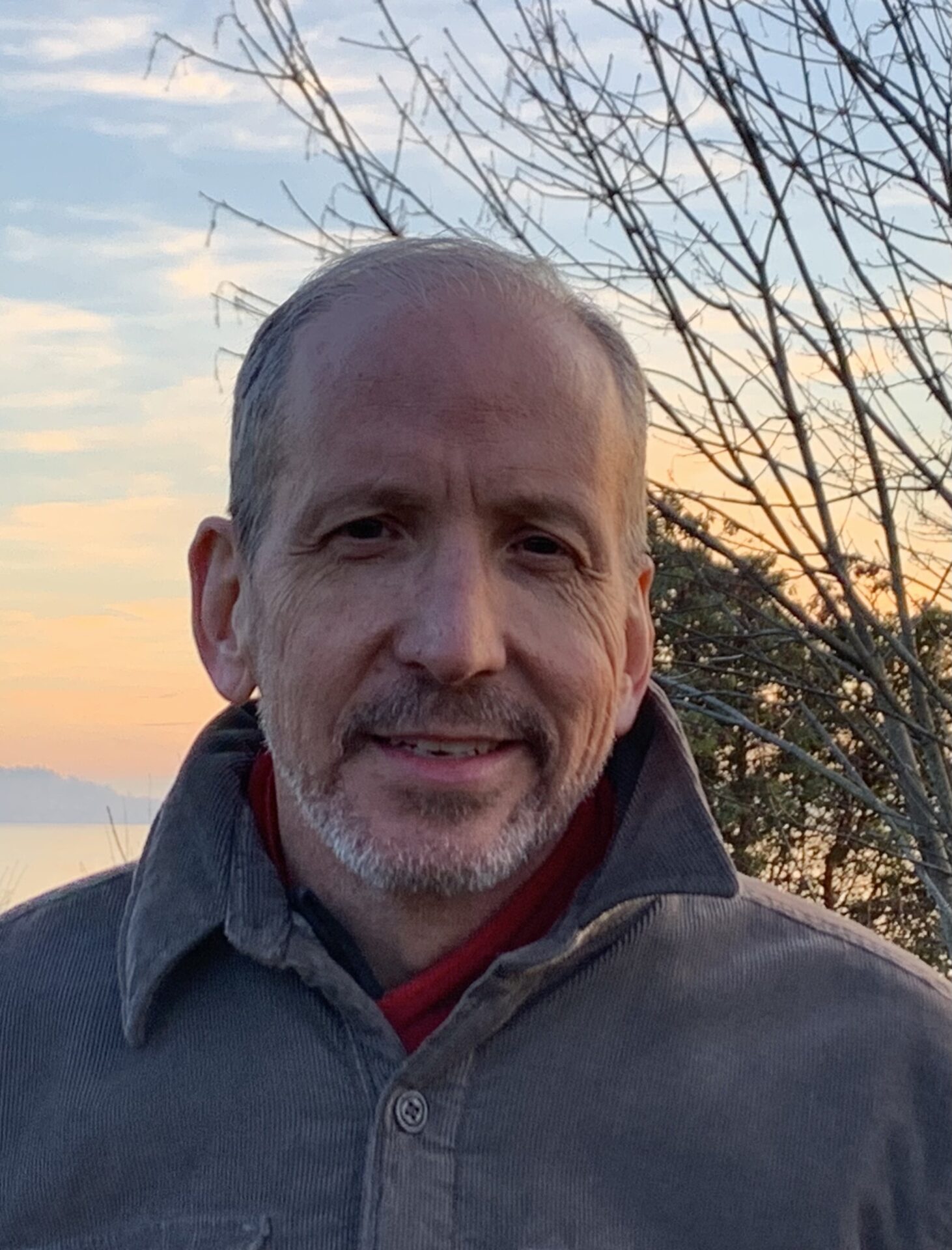
We are happy to announce that Dan Wassel has joined the Conservation Biology Institute board of directors as our Treasurer. Dan brings over two decades of experience as a financial leader and CFO across multiple industries including technology, financial services and hospitality. With a proven track record in financial strategy, Dan ensures fiscal discipline and transparency in all aspects of the organization’s operations. Having led multiple organizations through high growth stages and multiple exits, Dan is committed to supporting CBI’s mission of protecting natural treasures for future generations.


